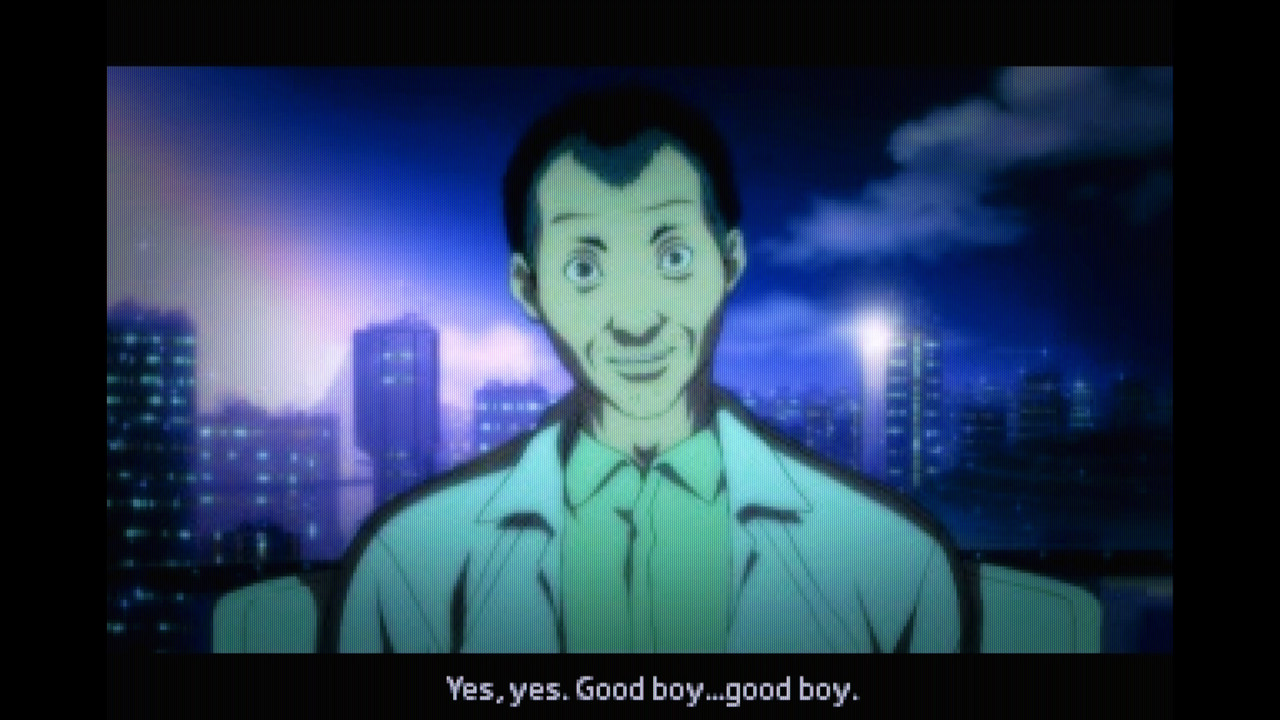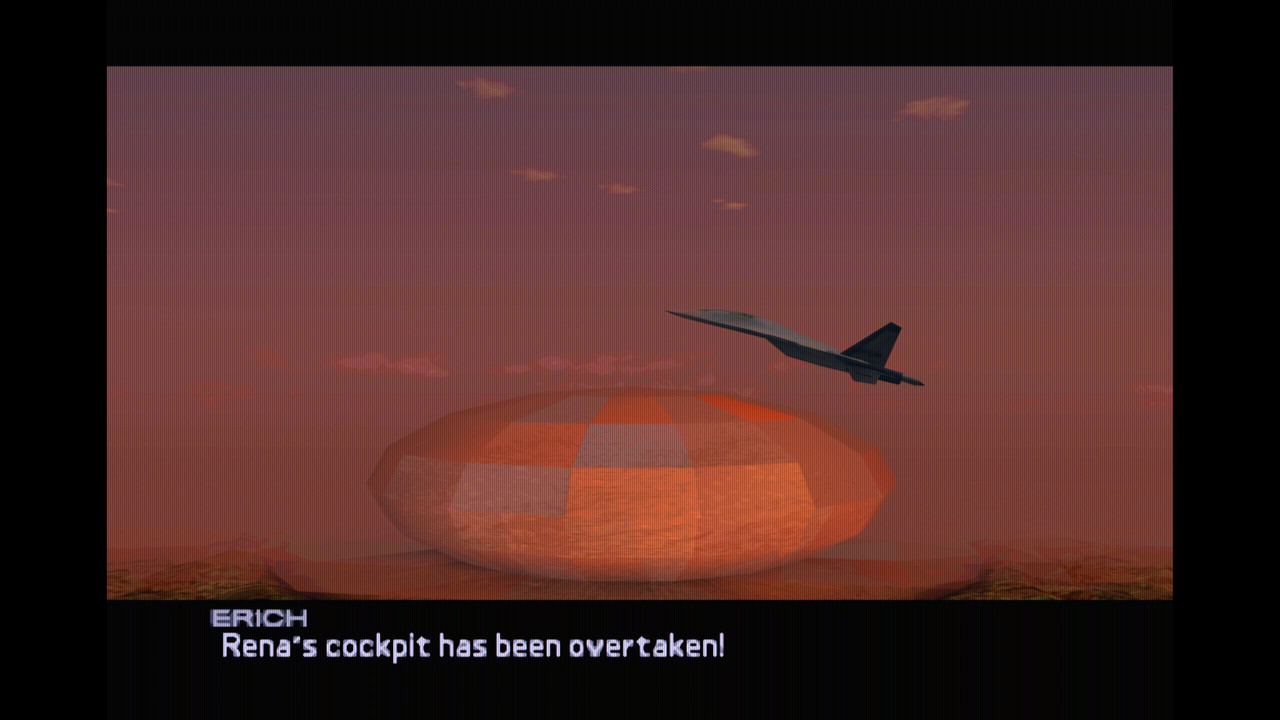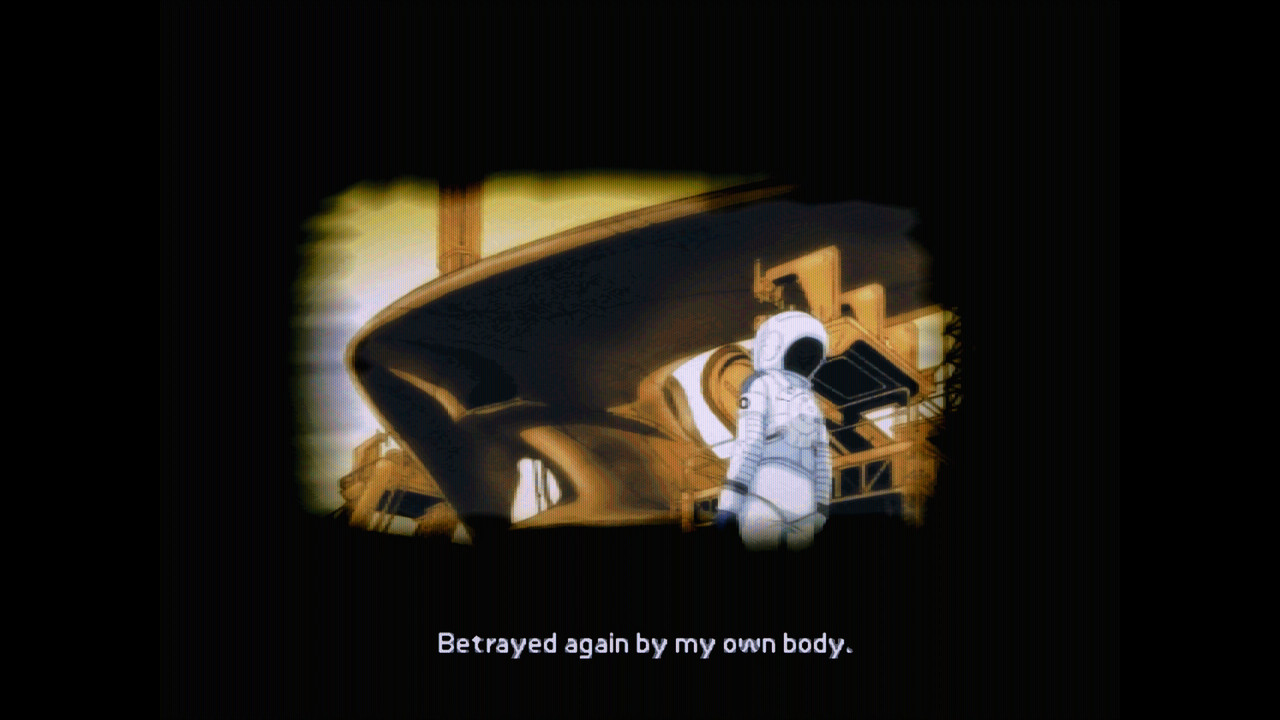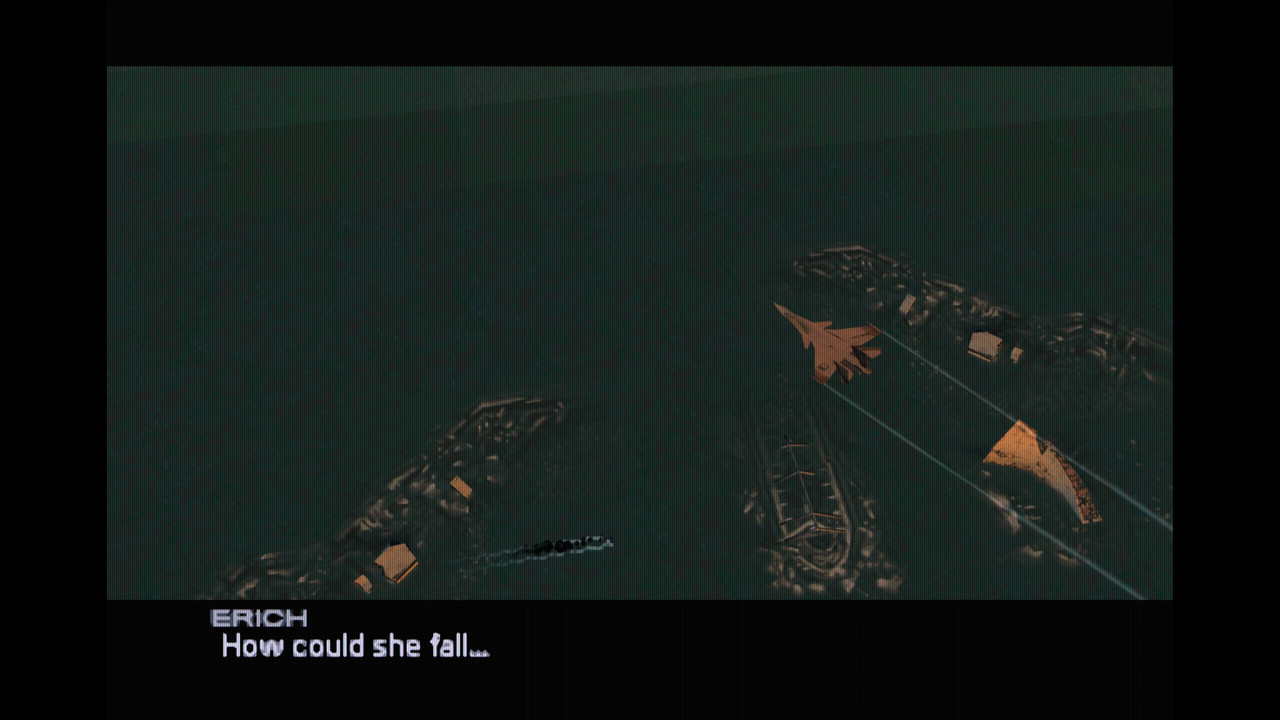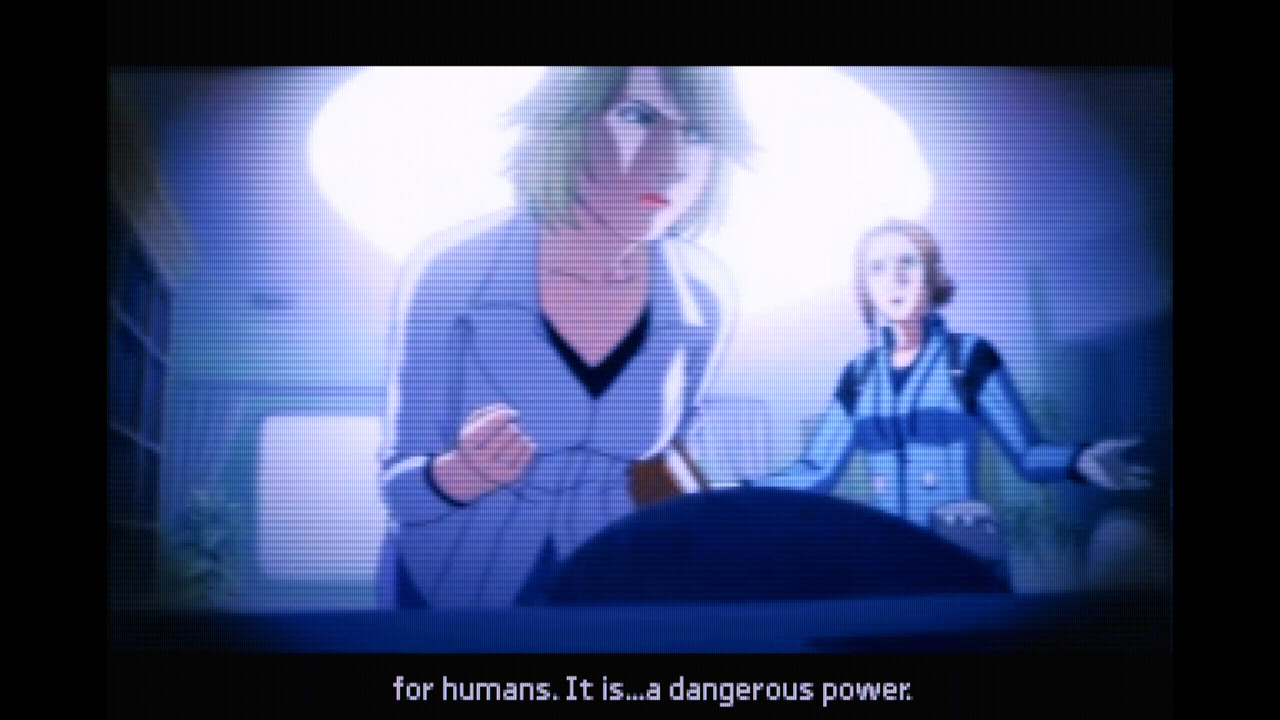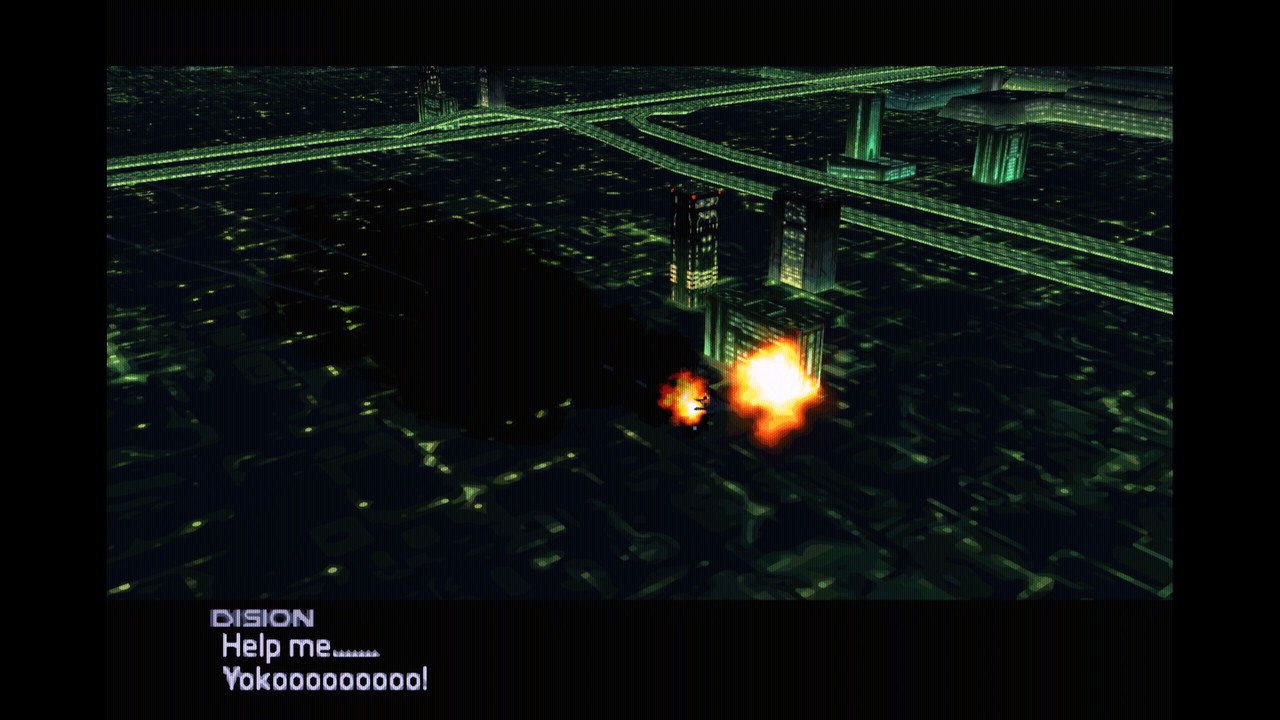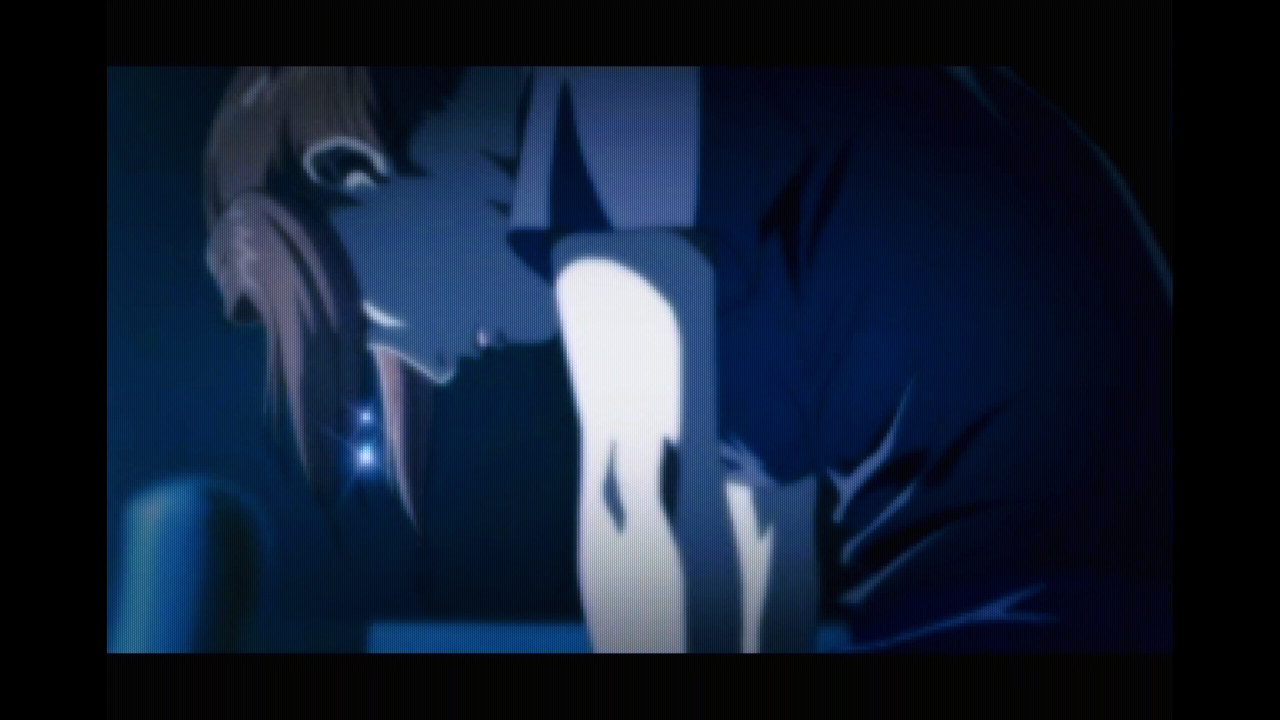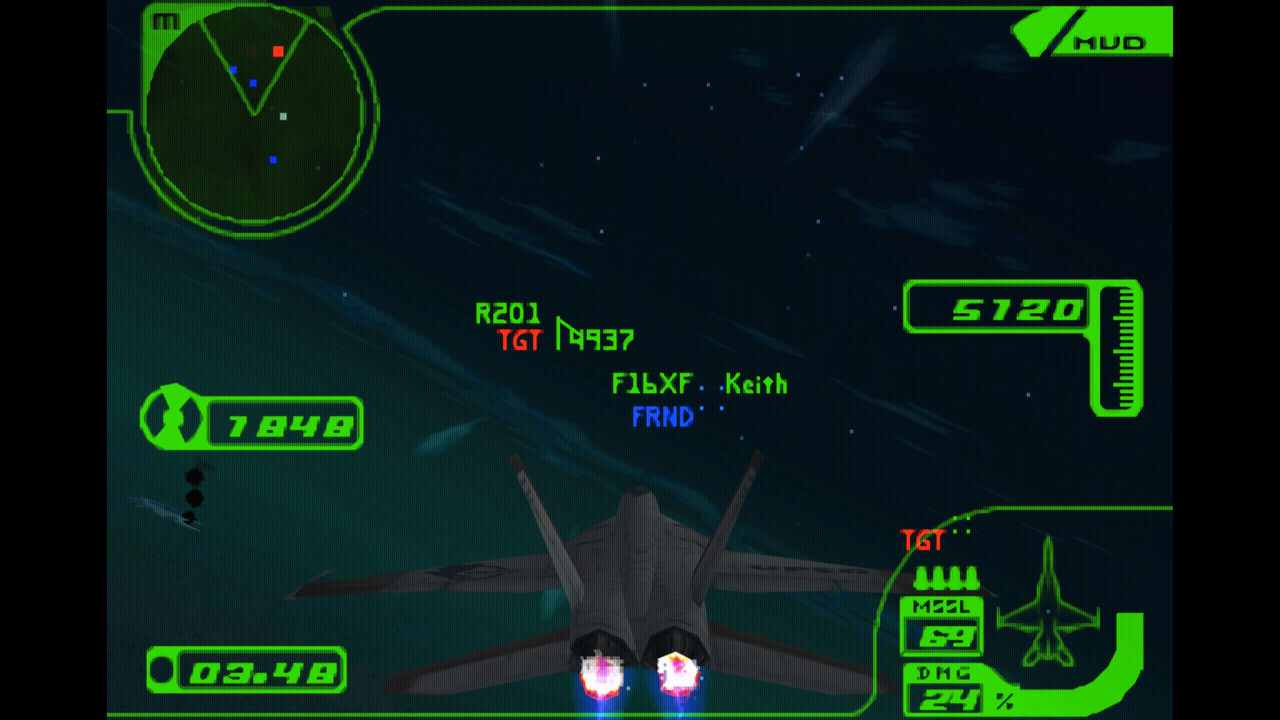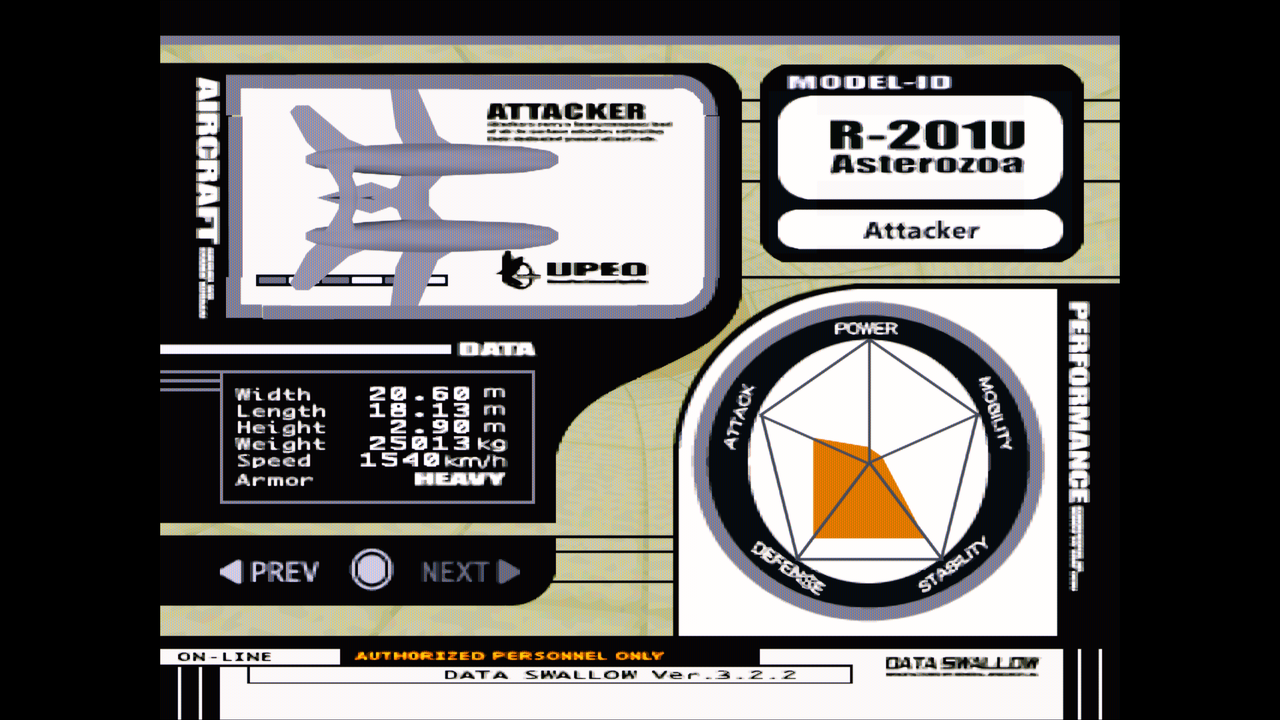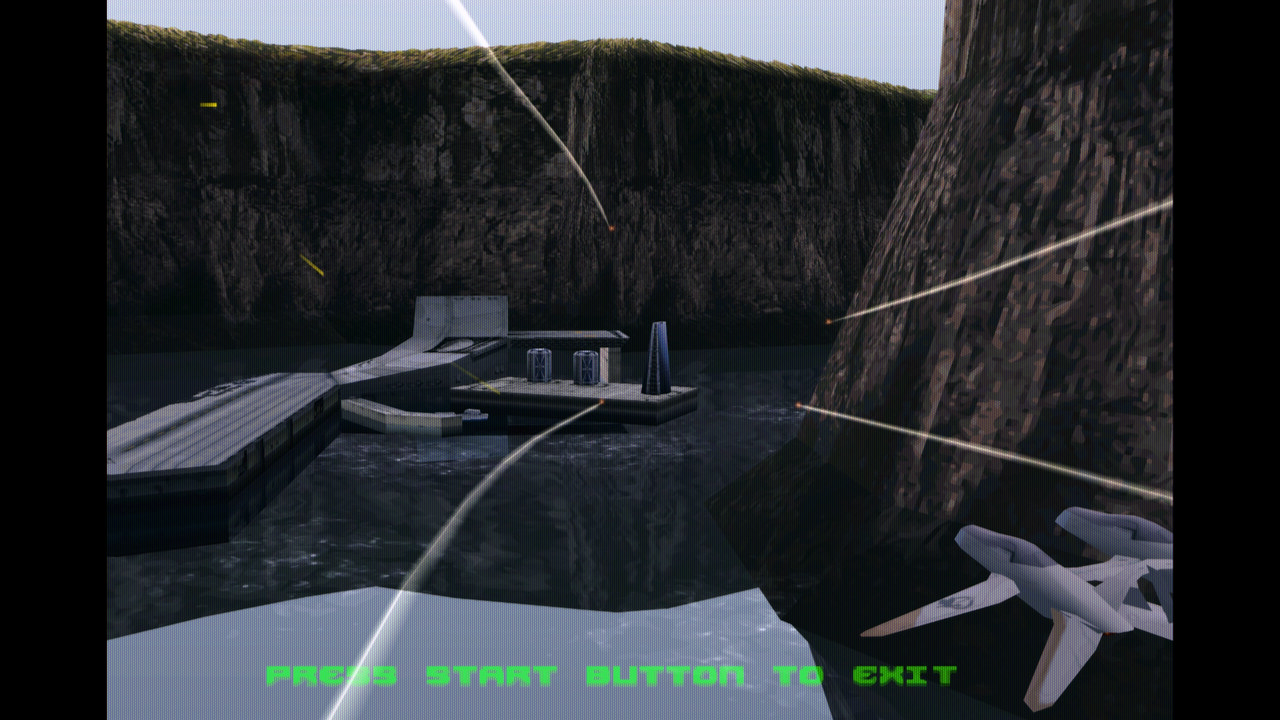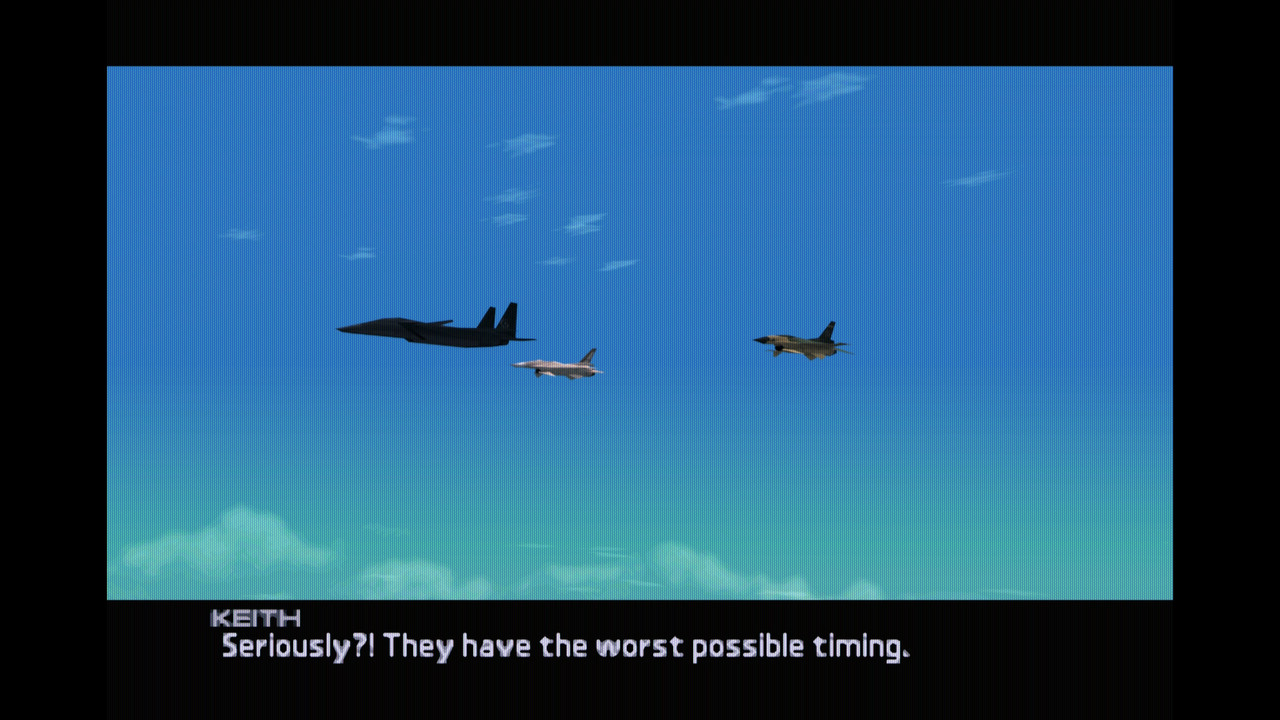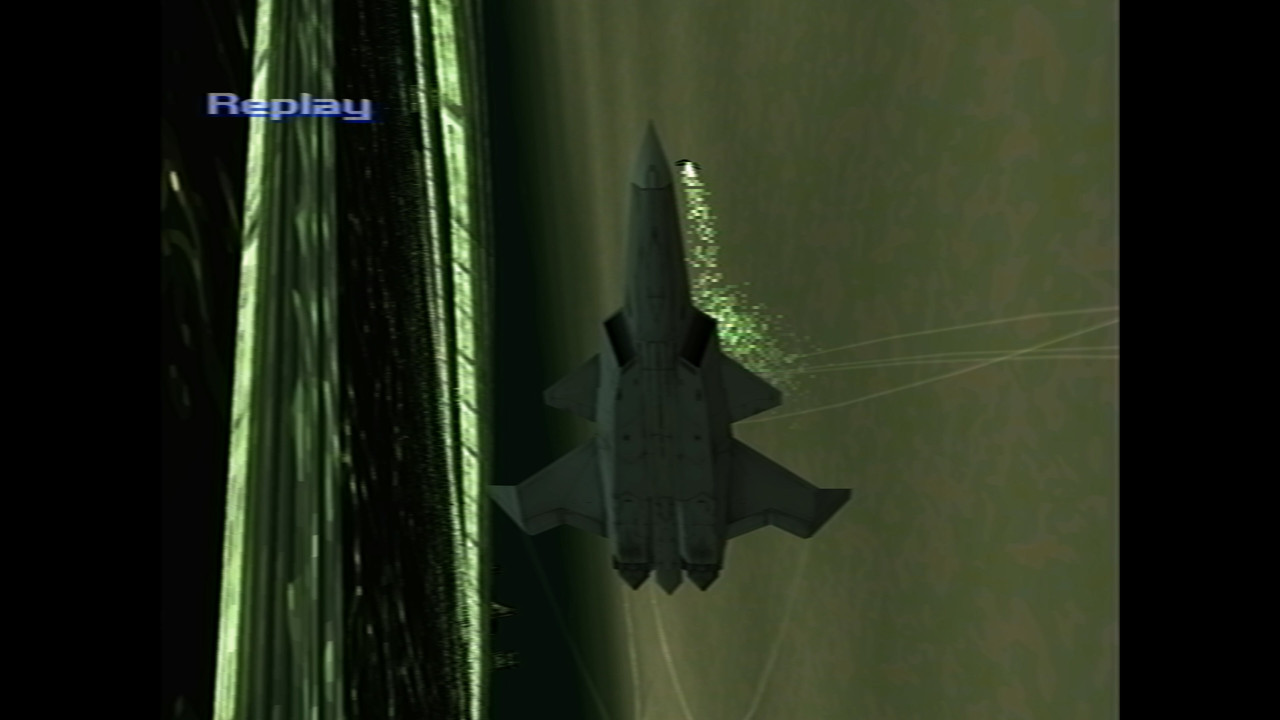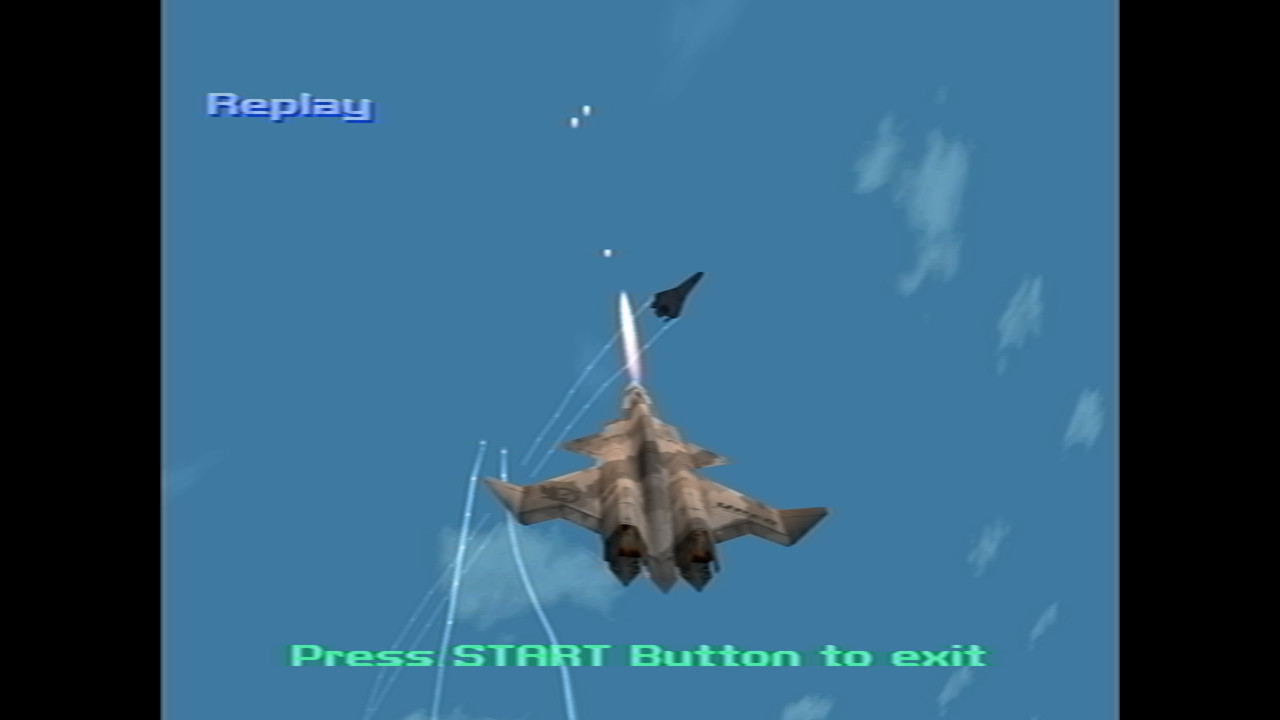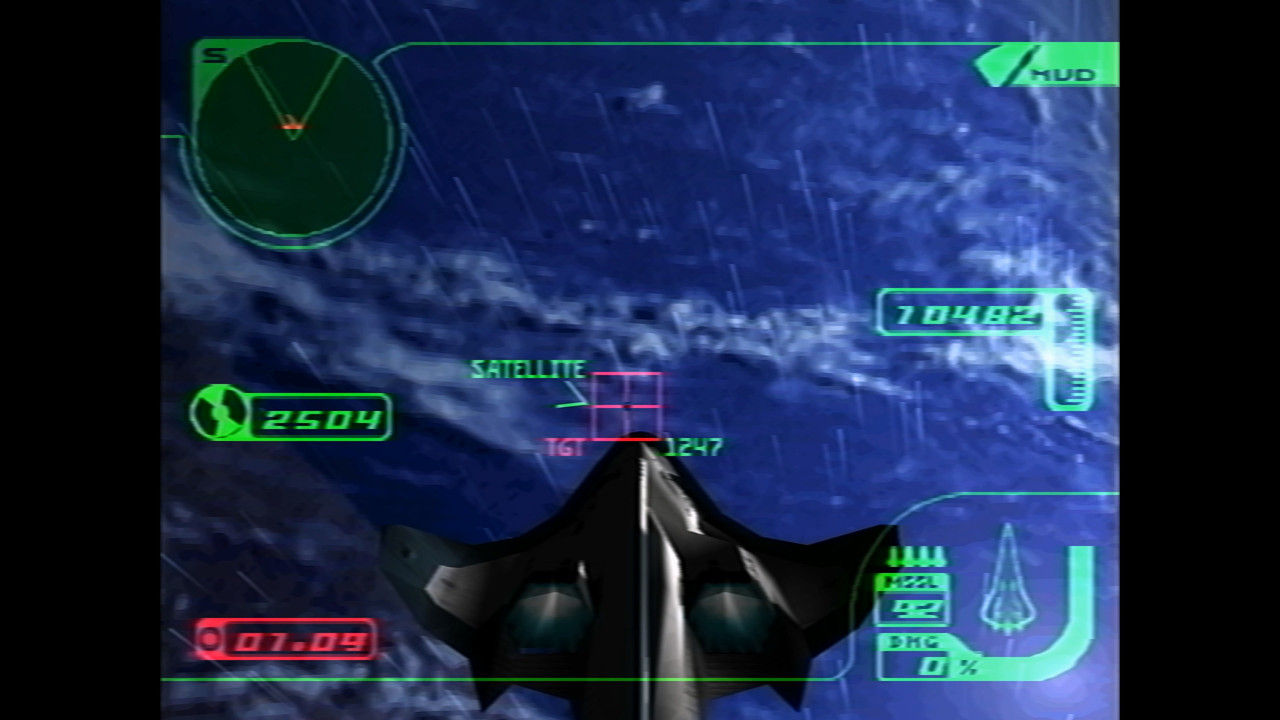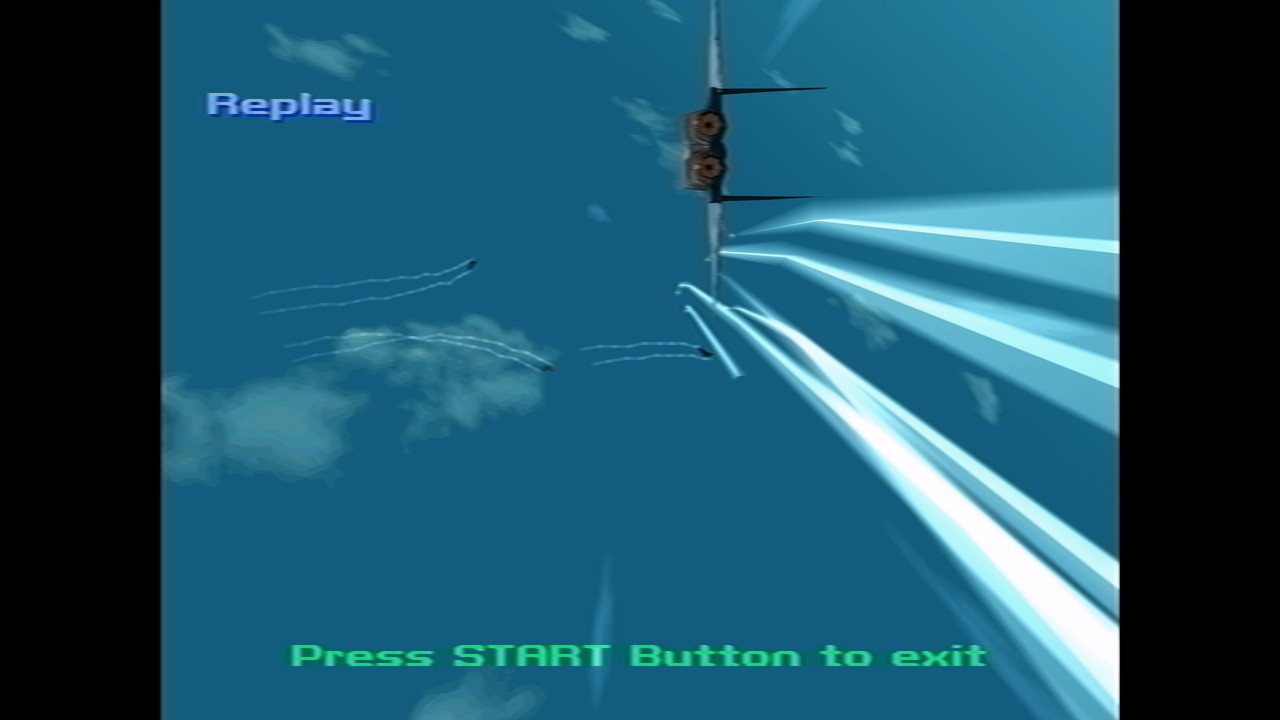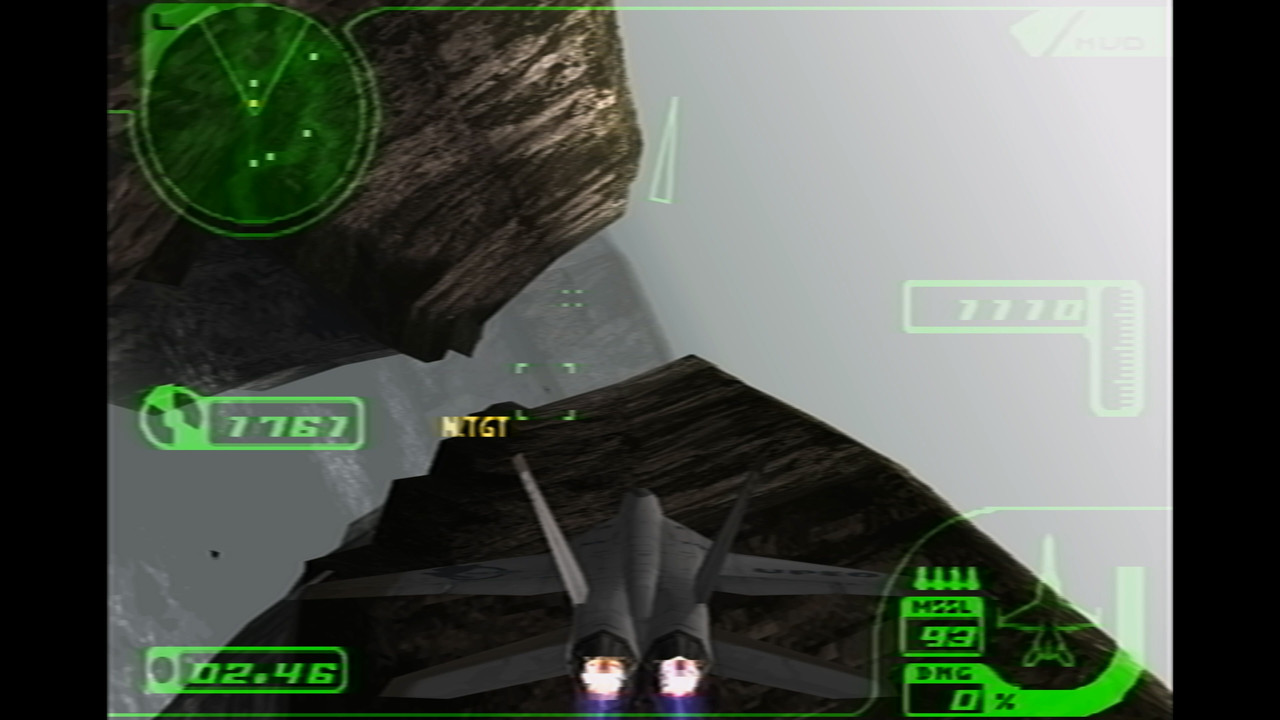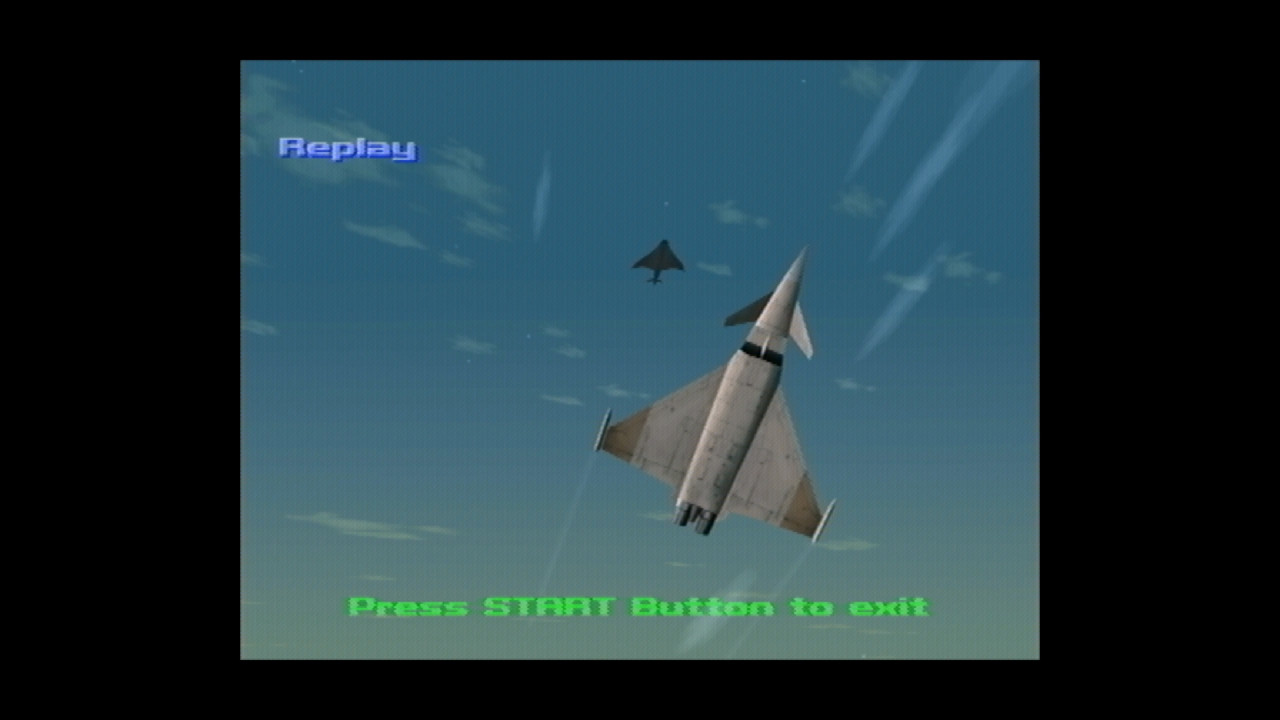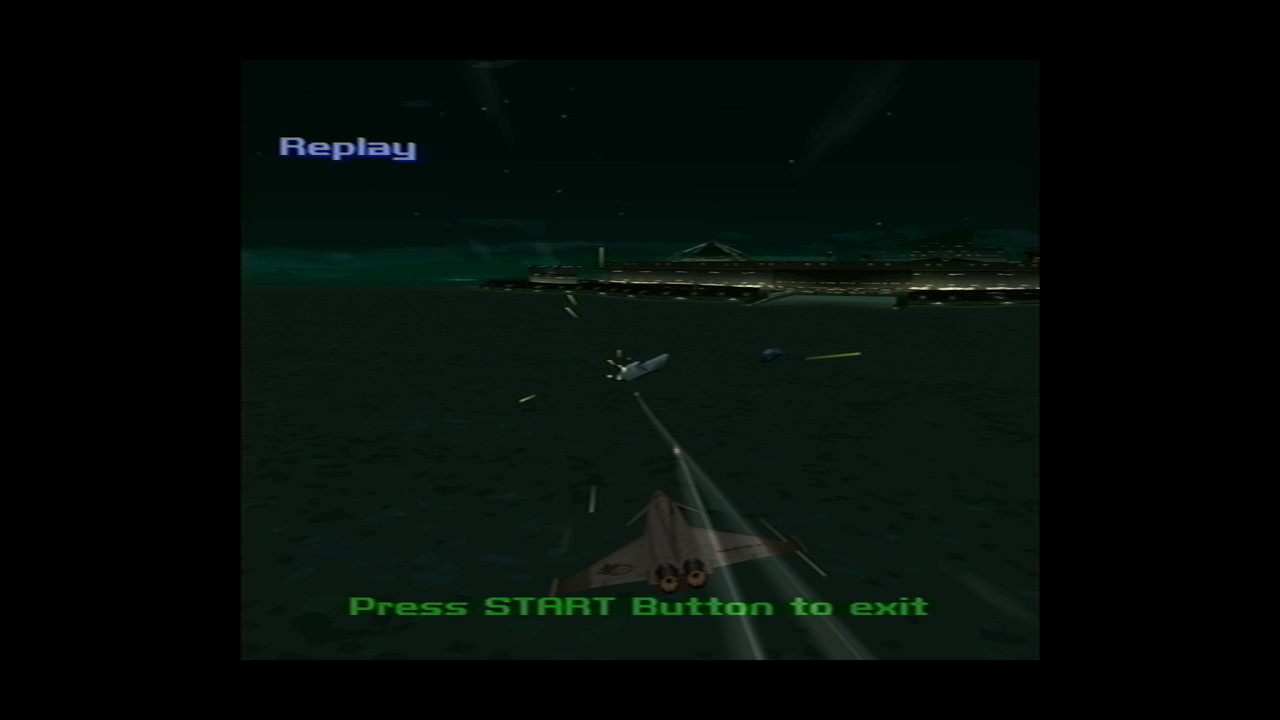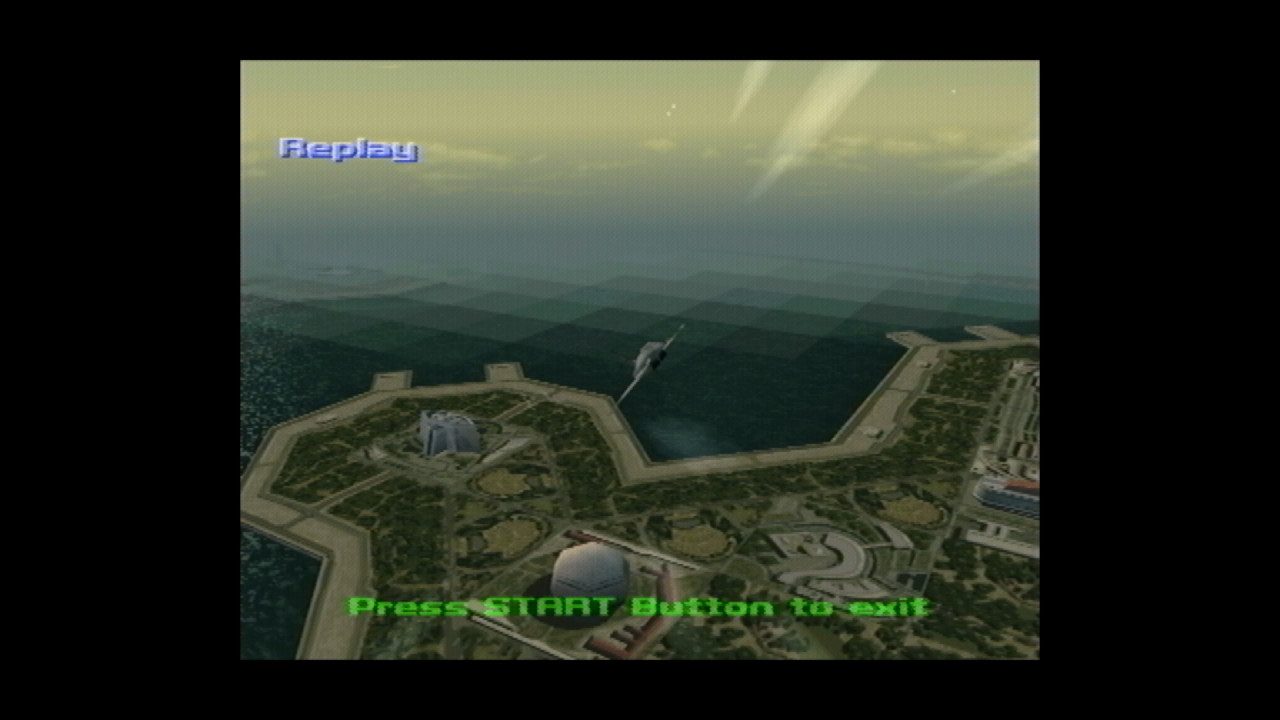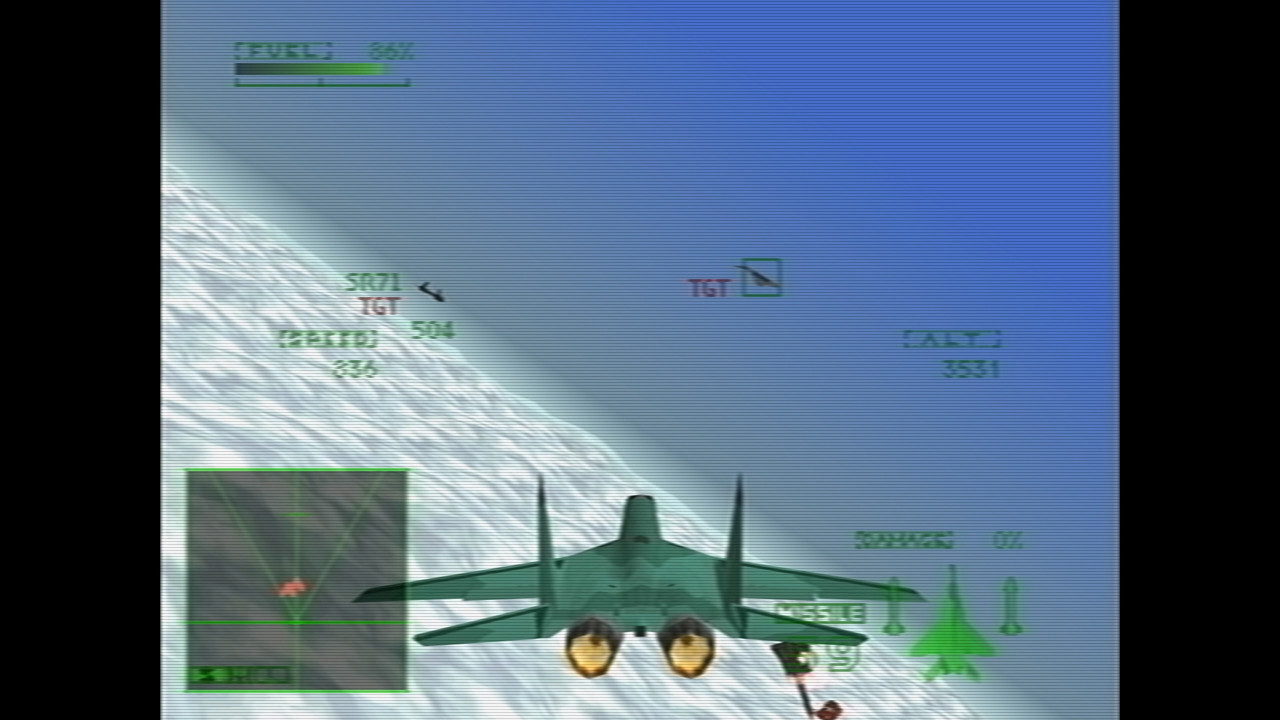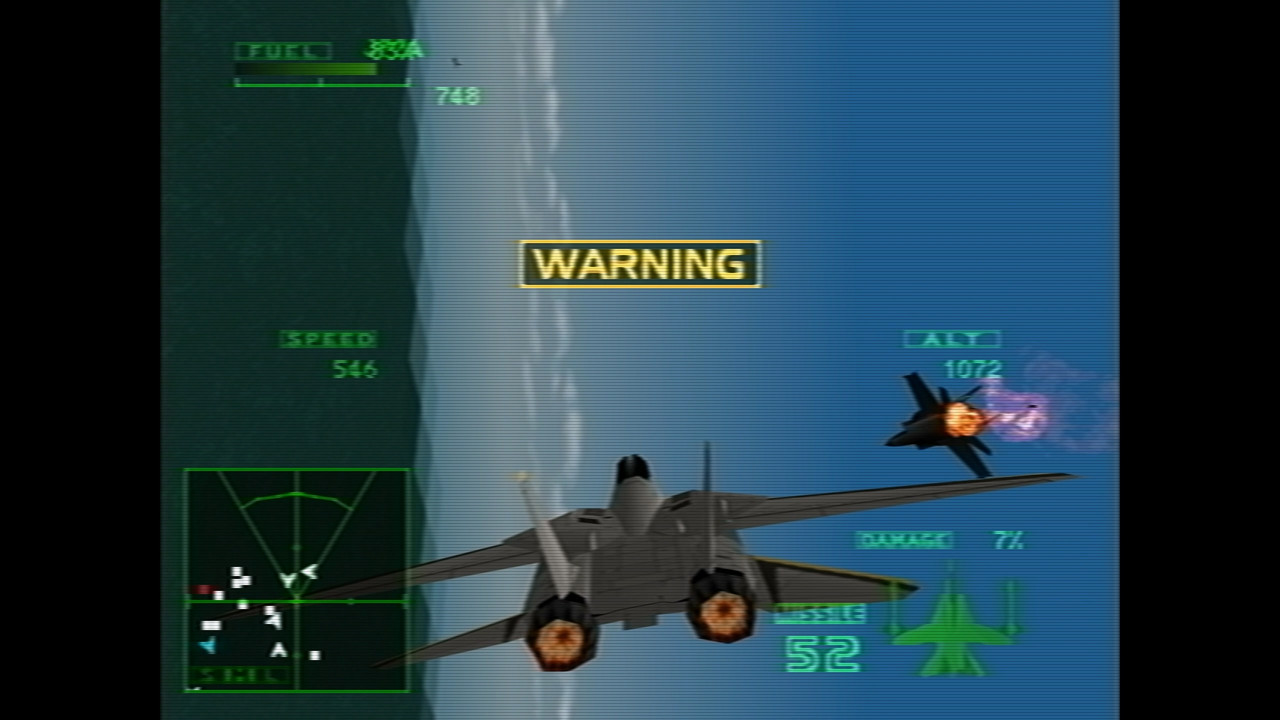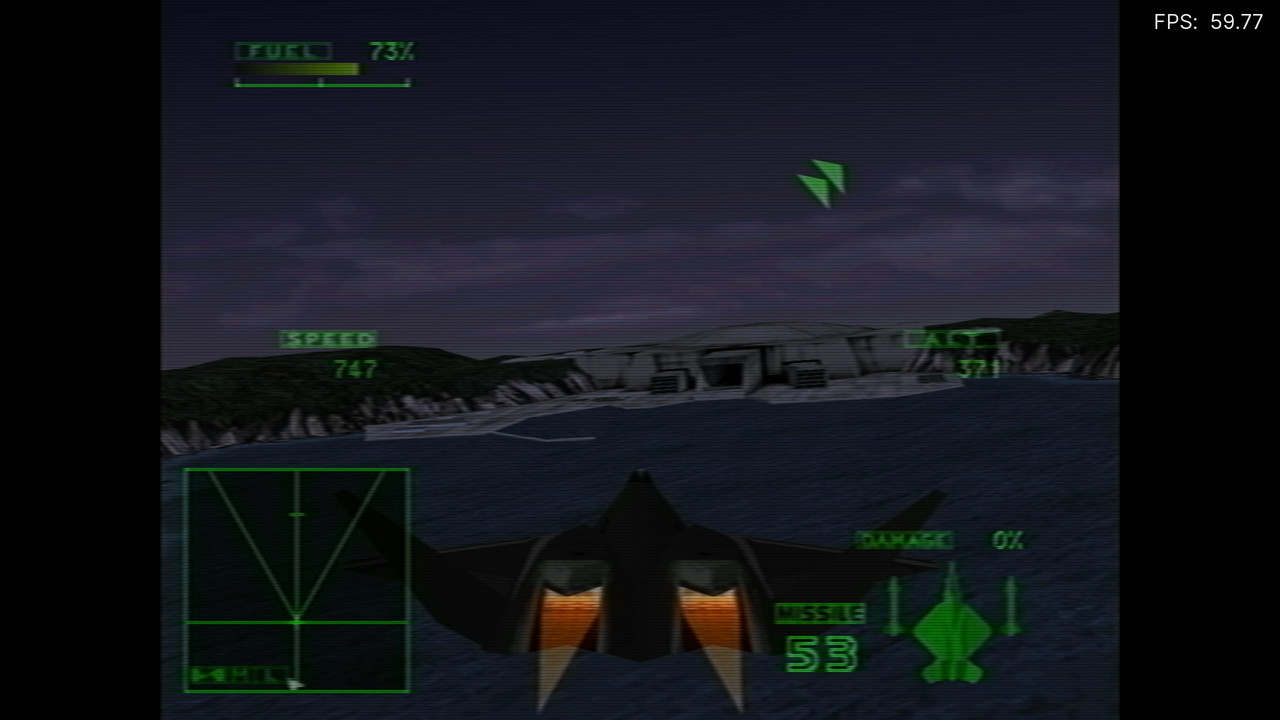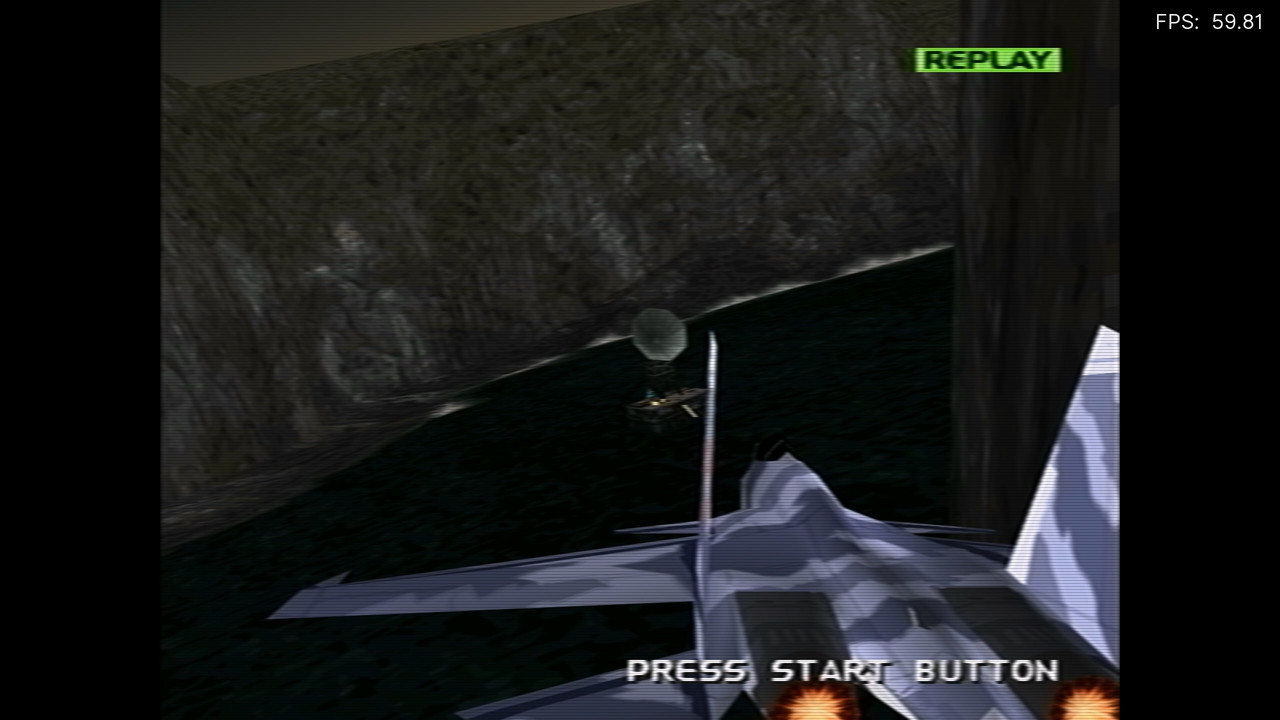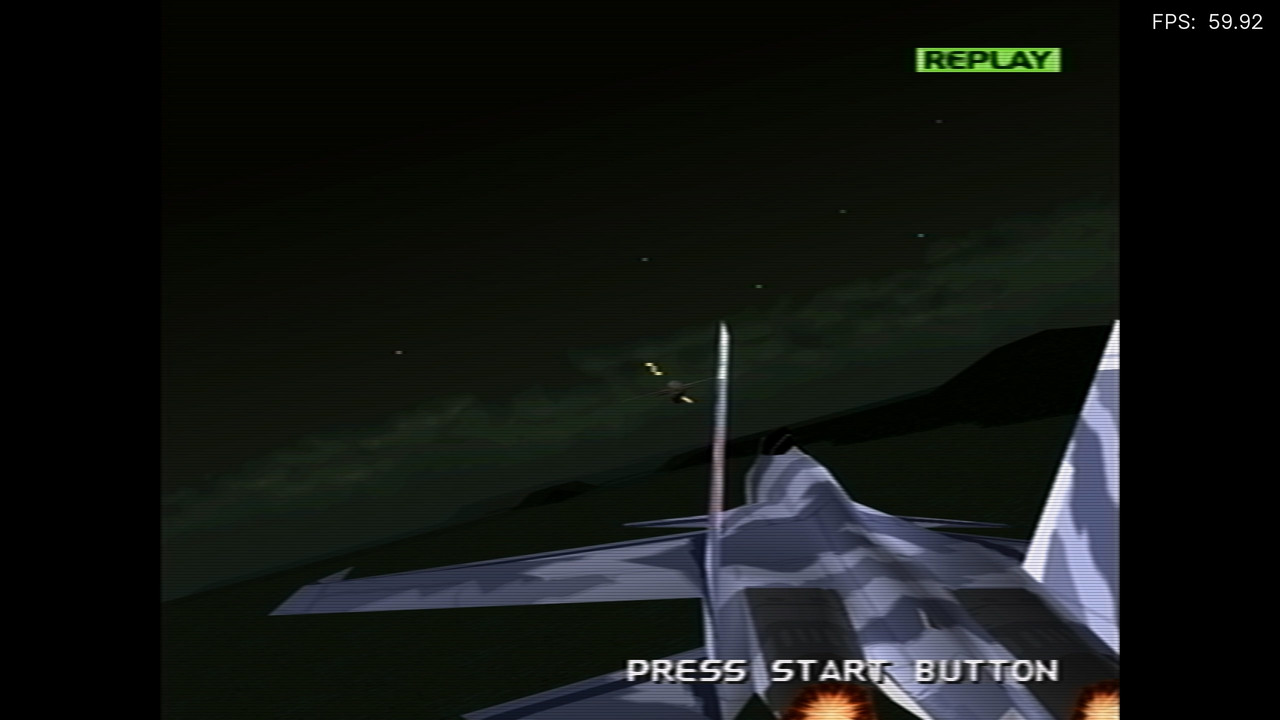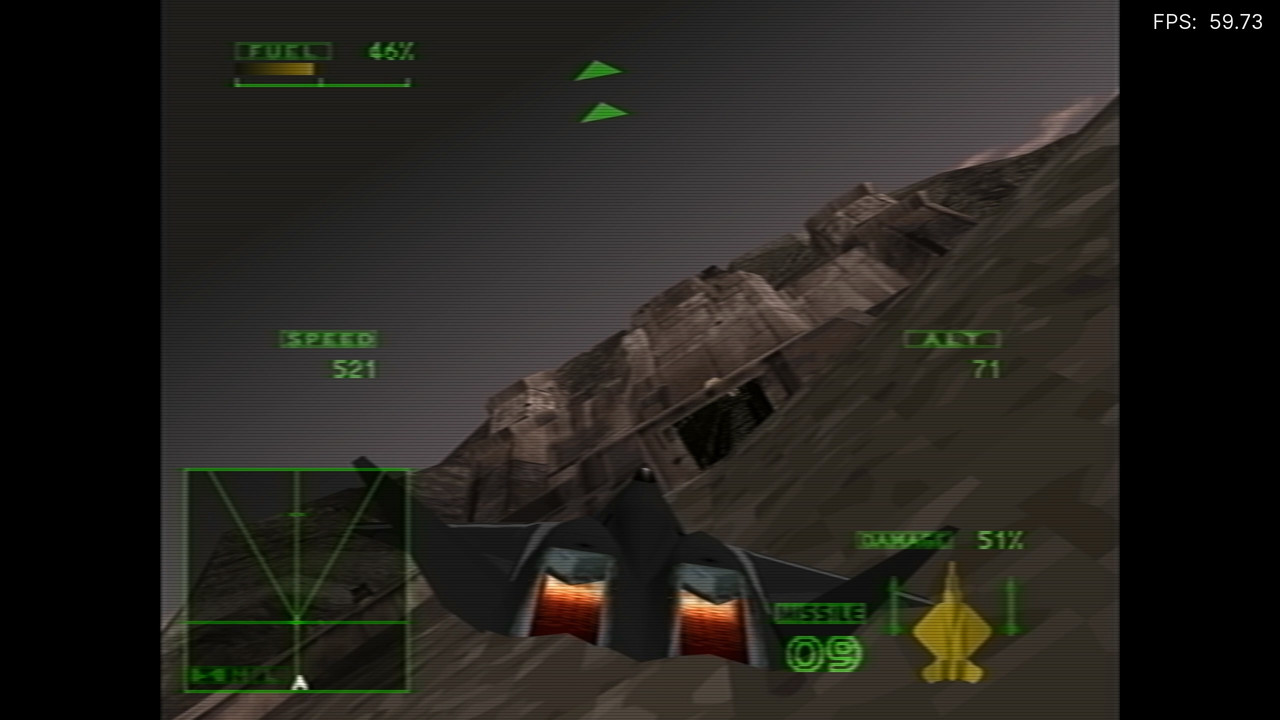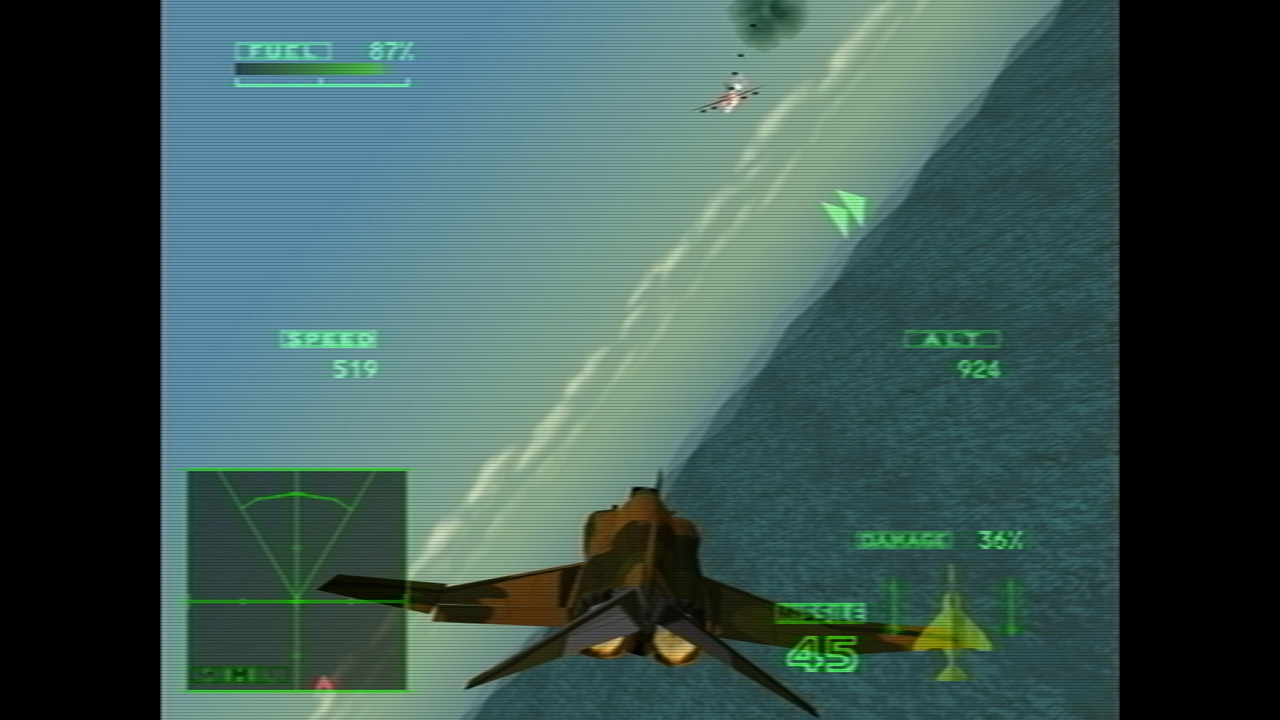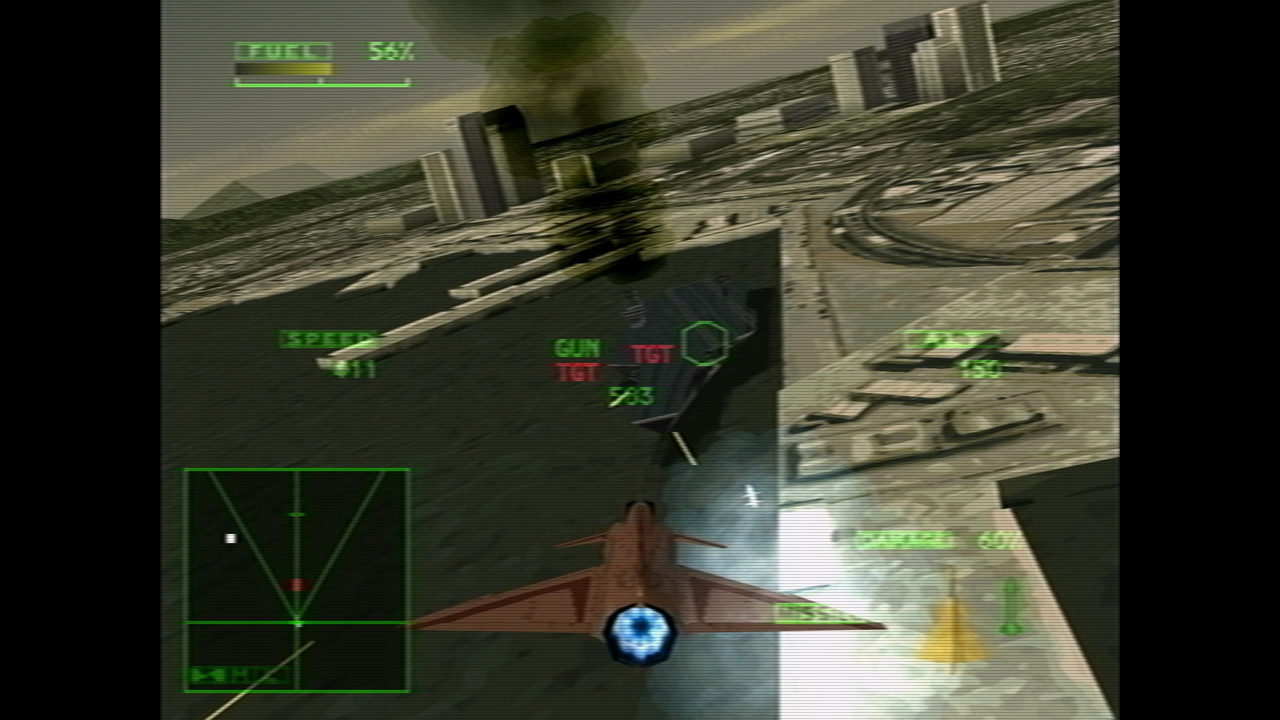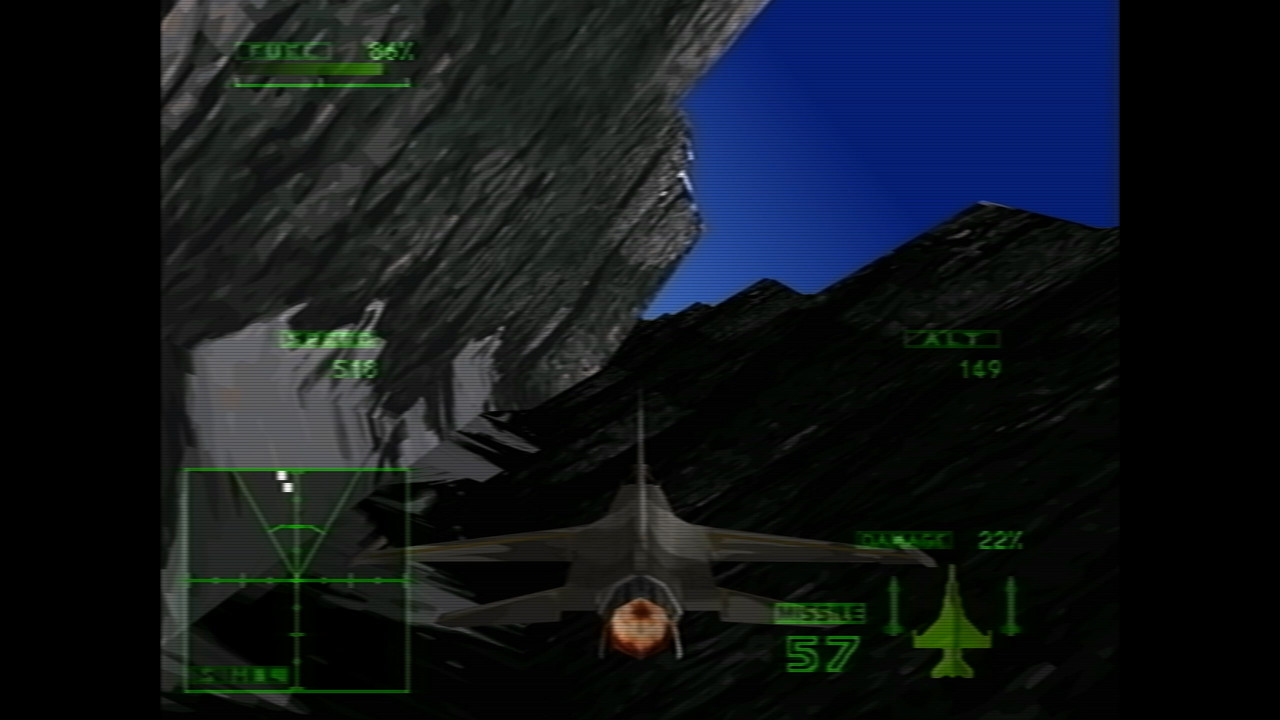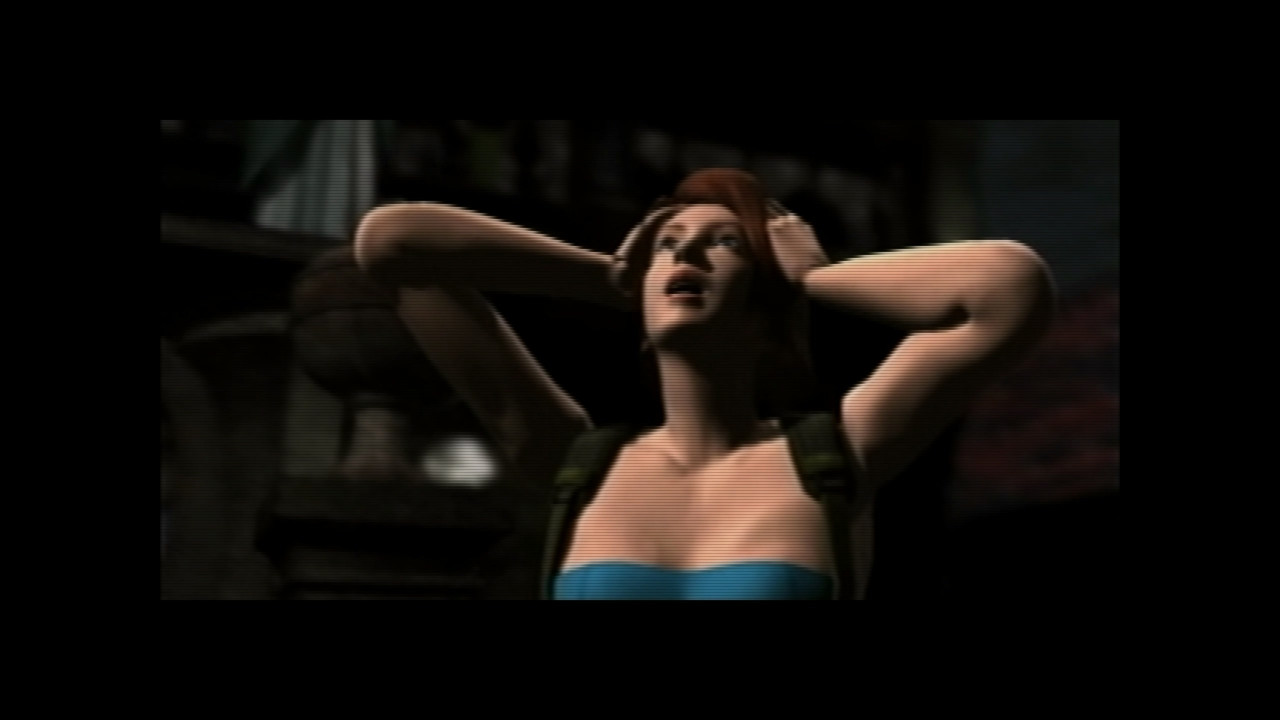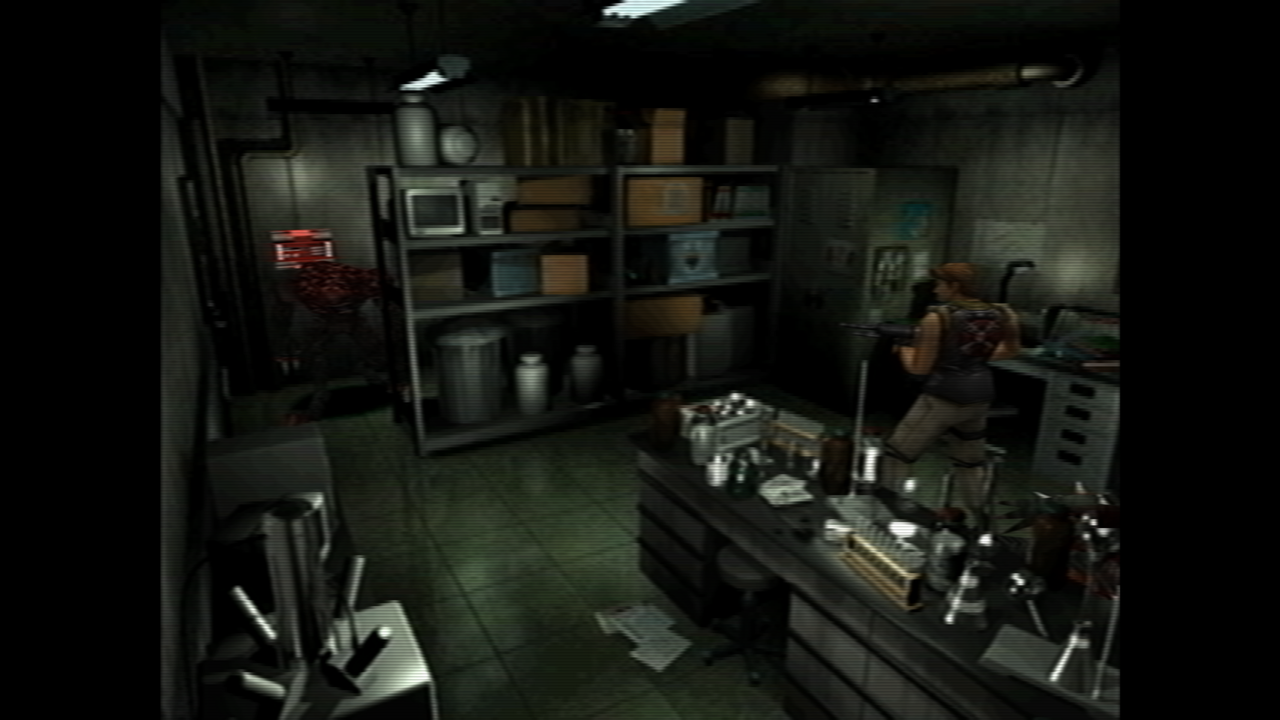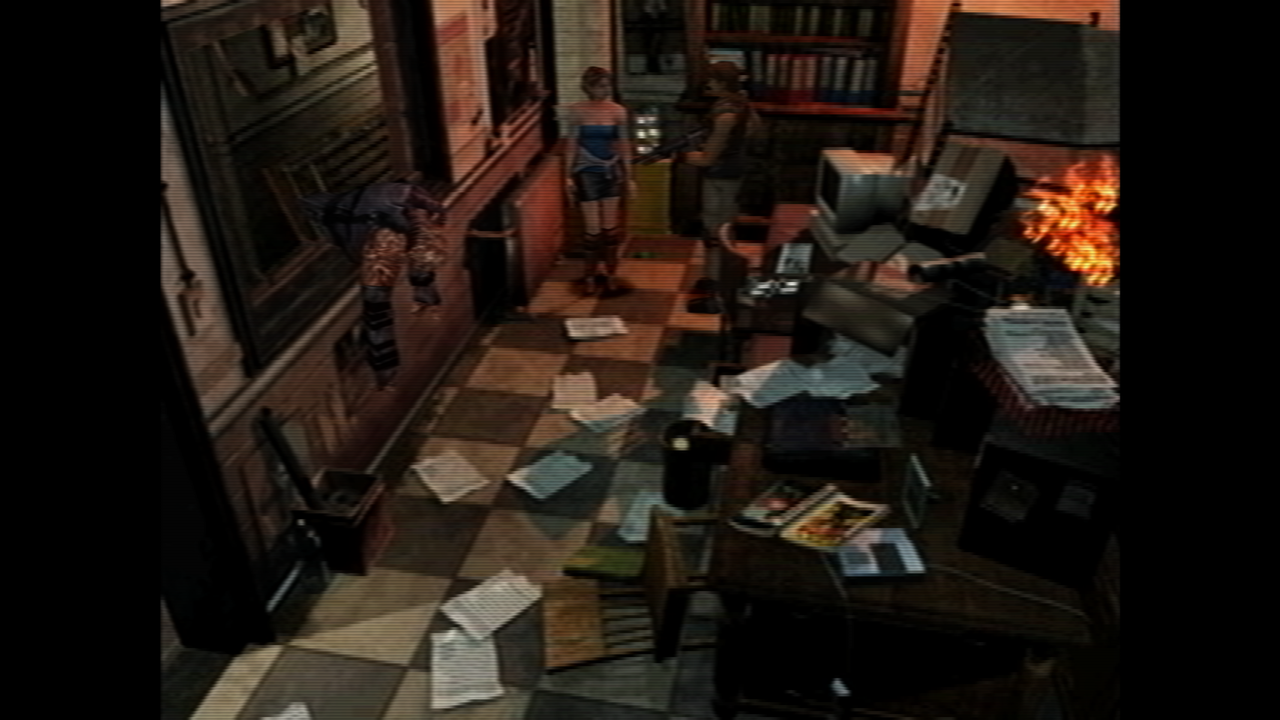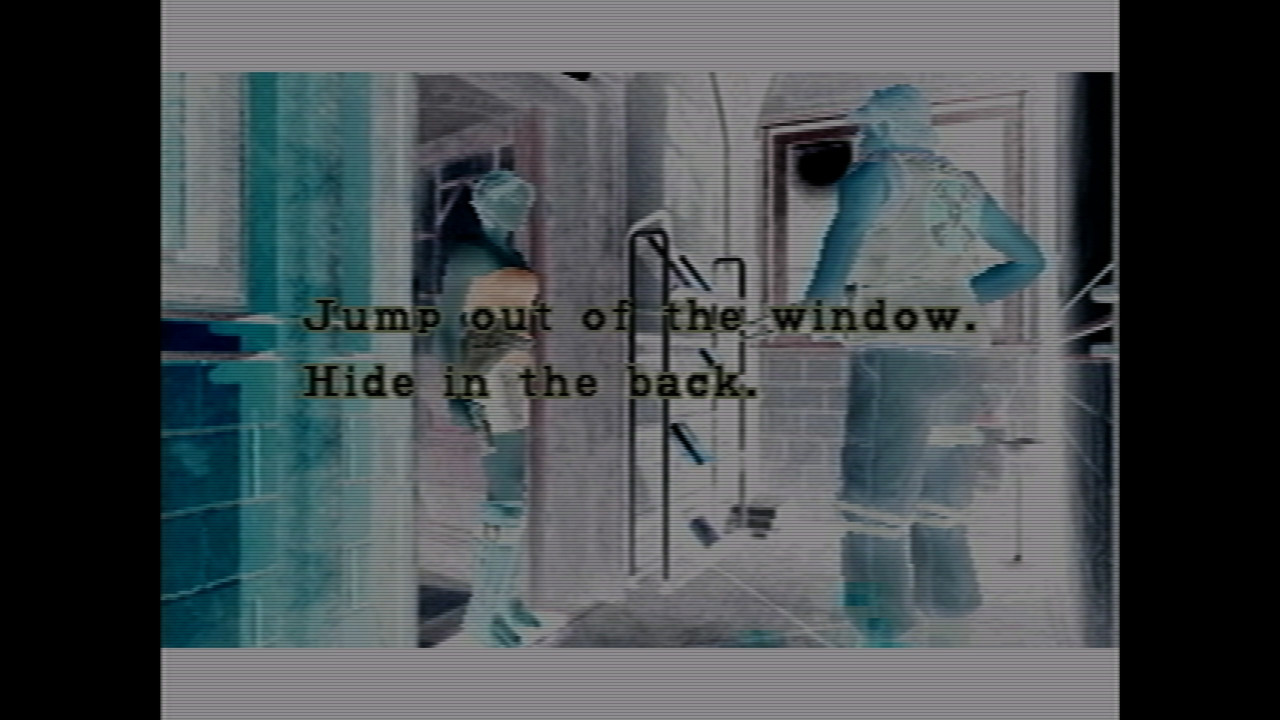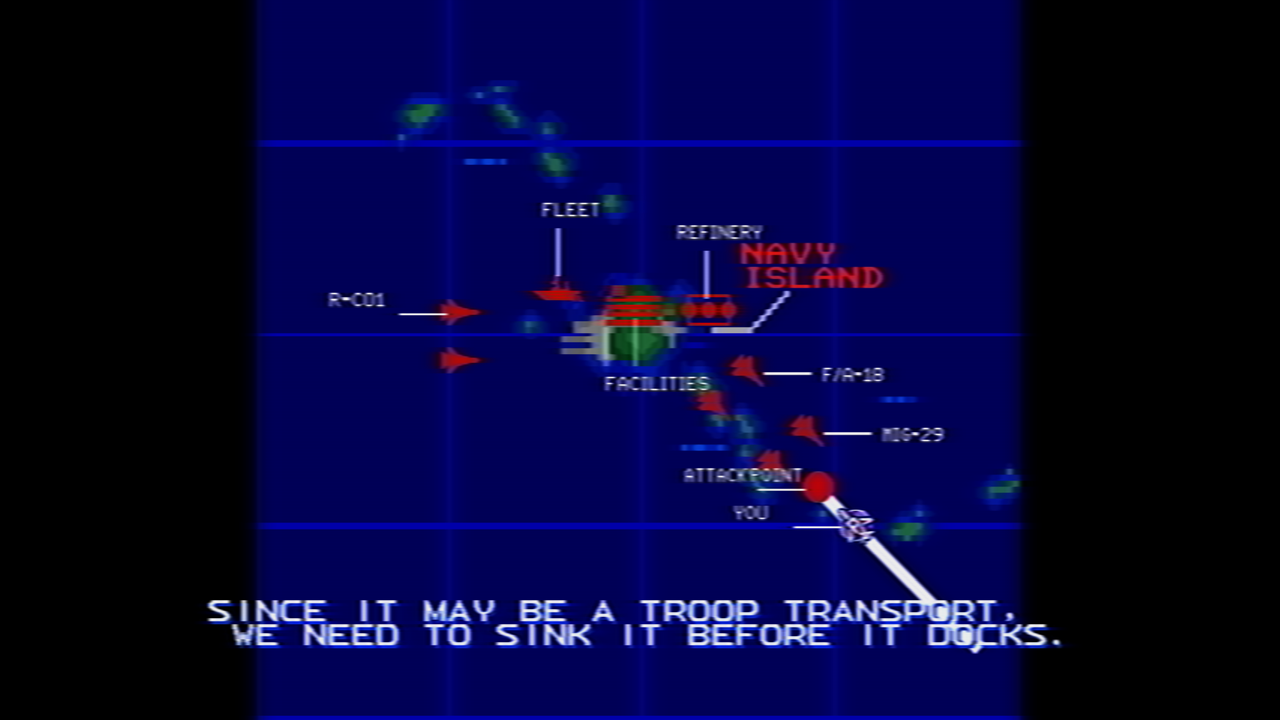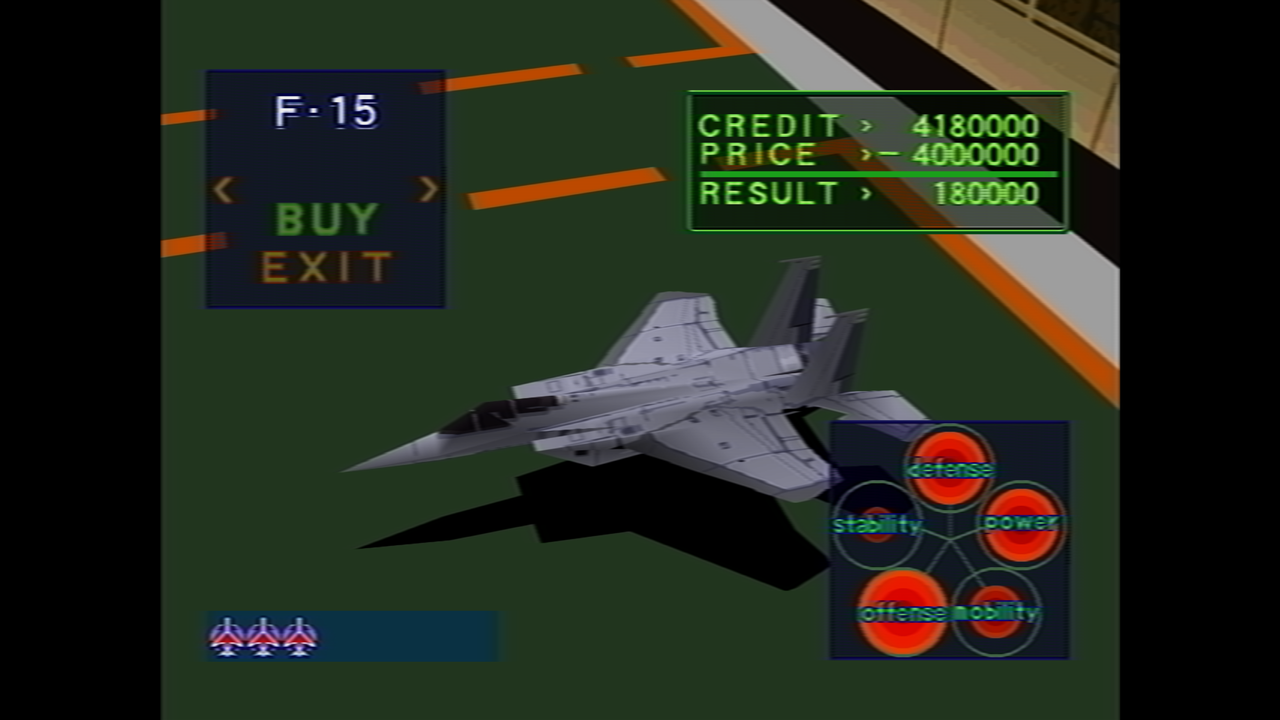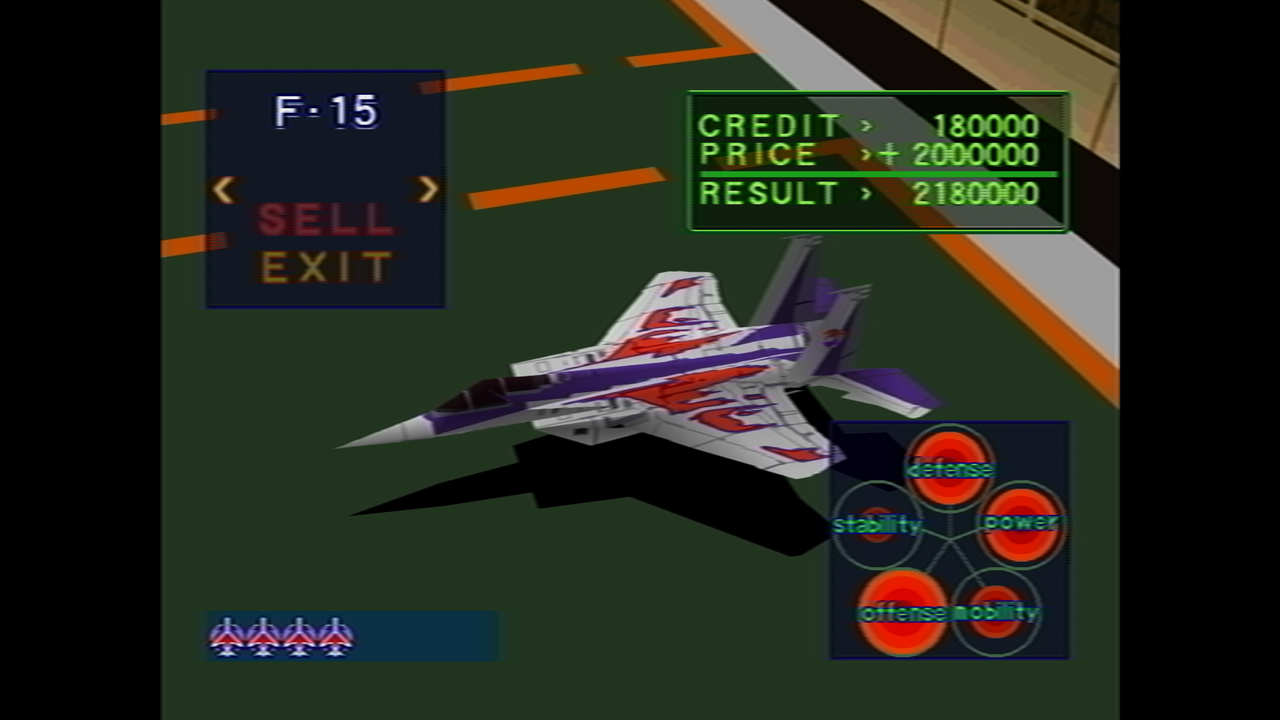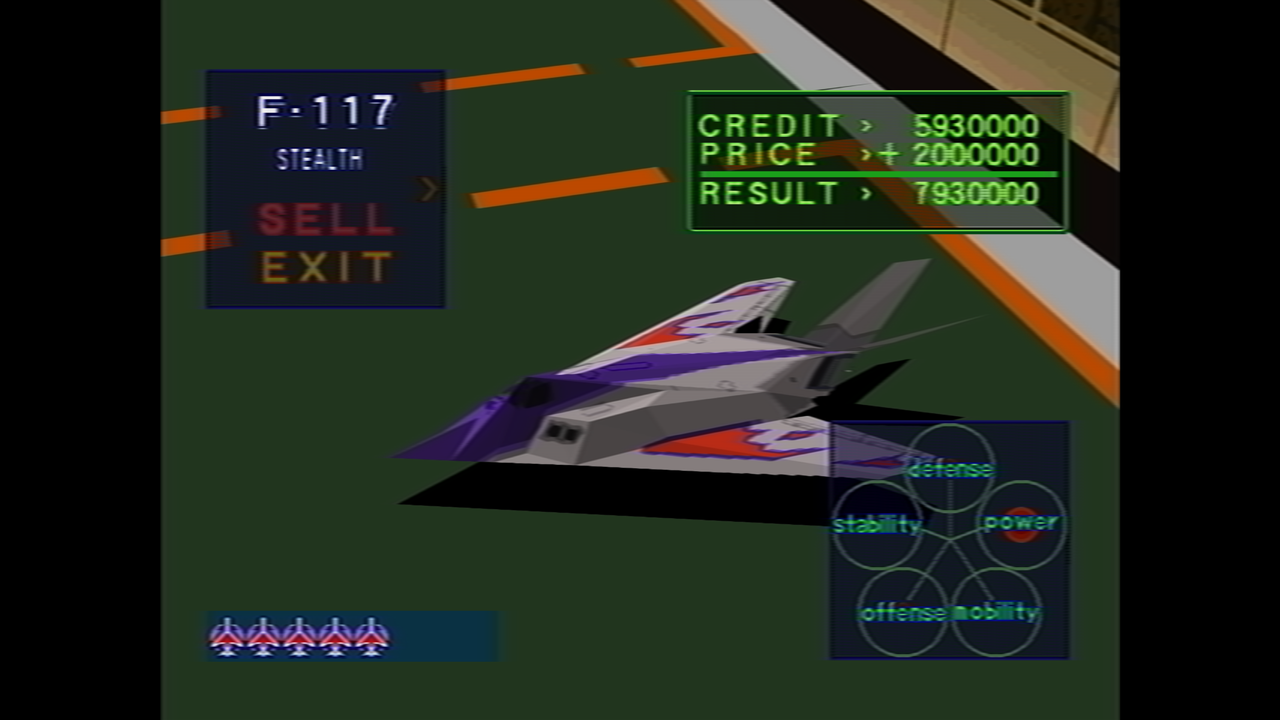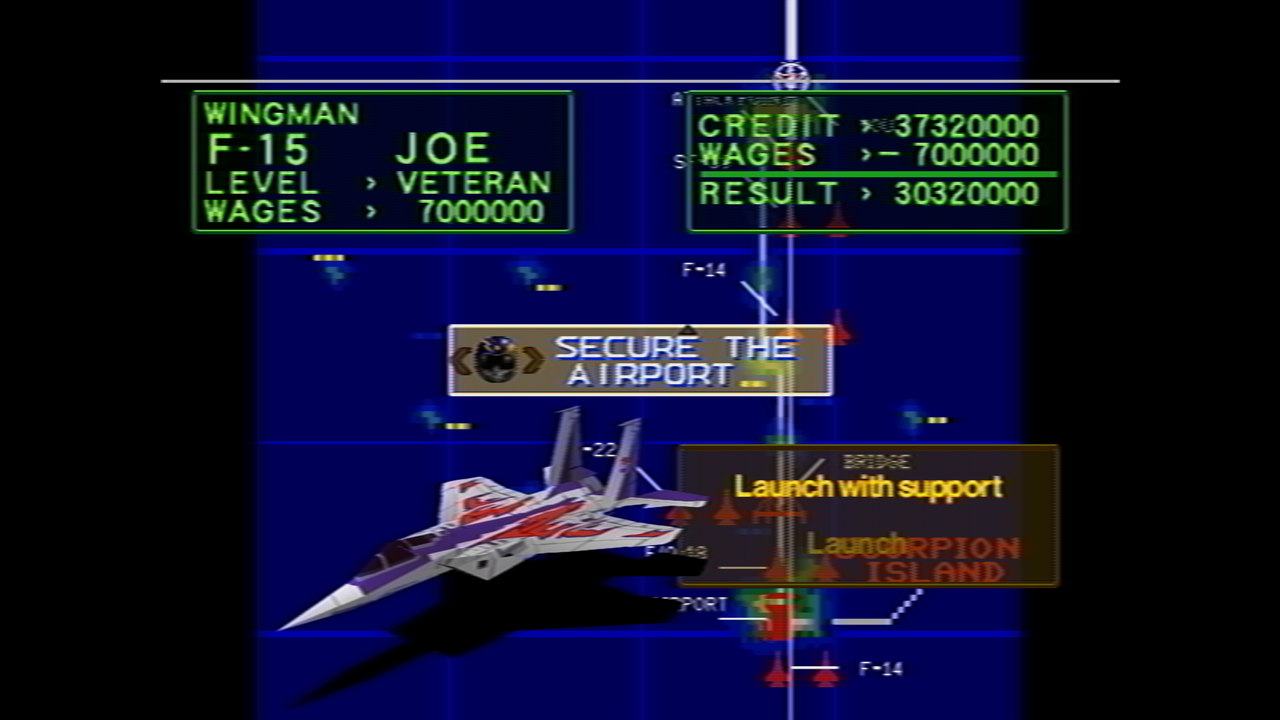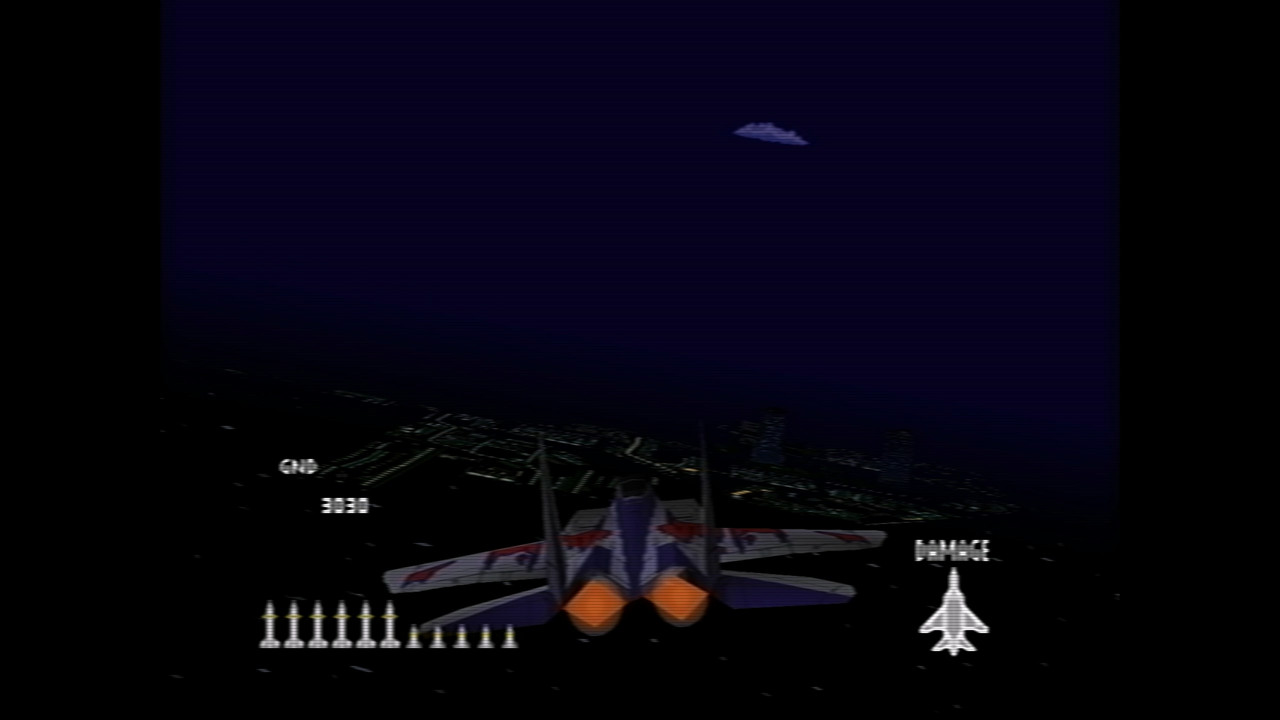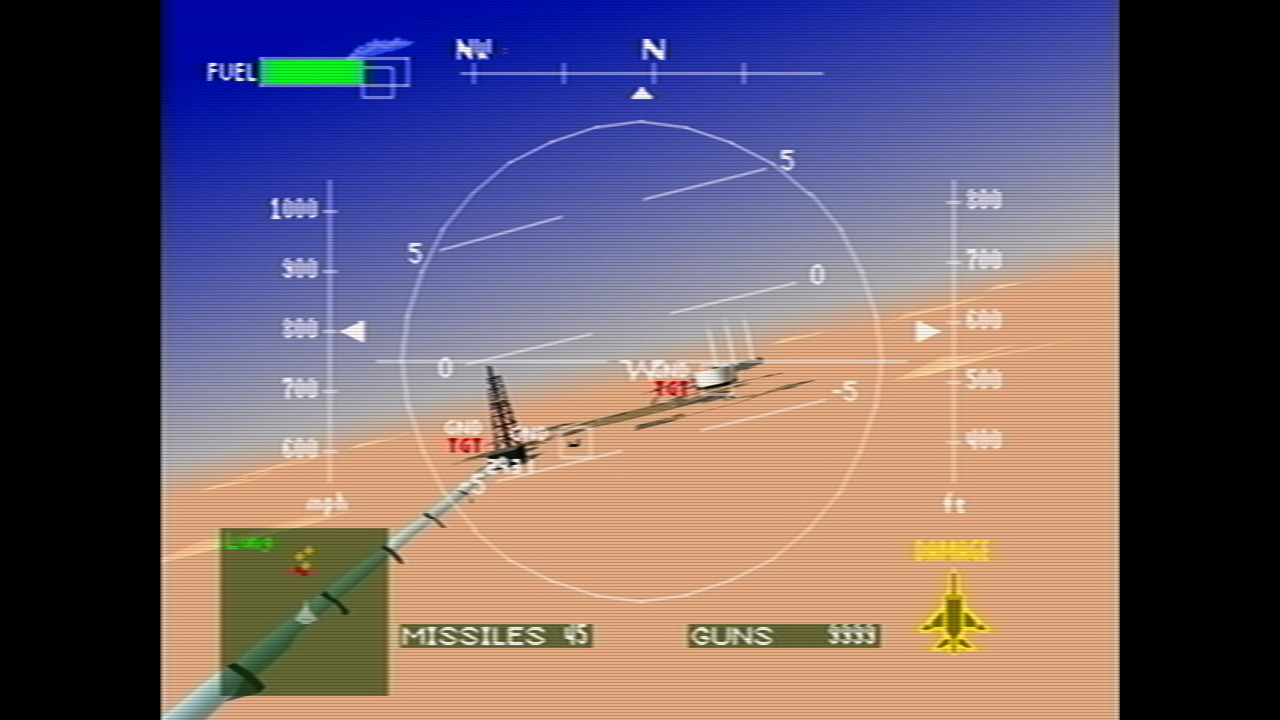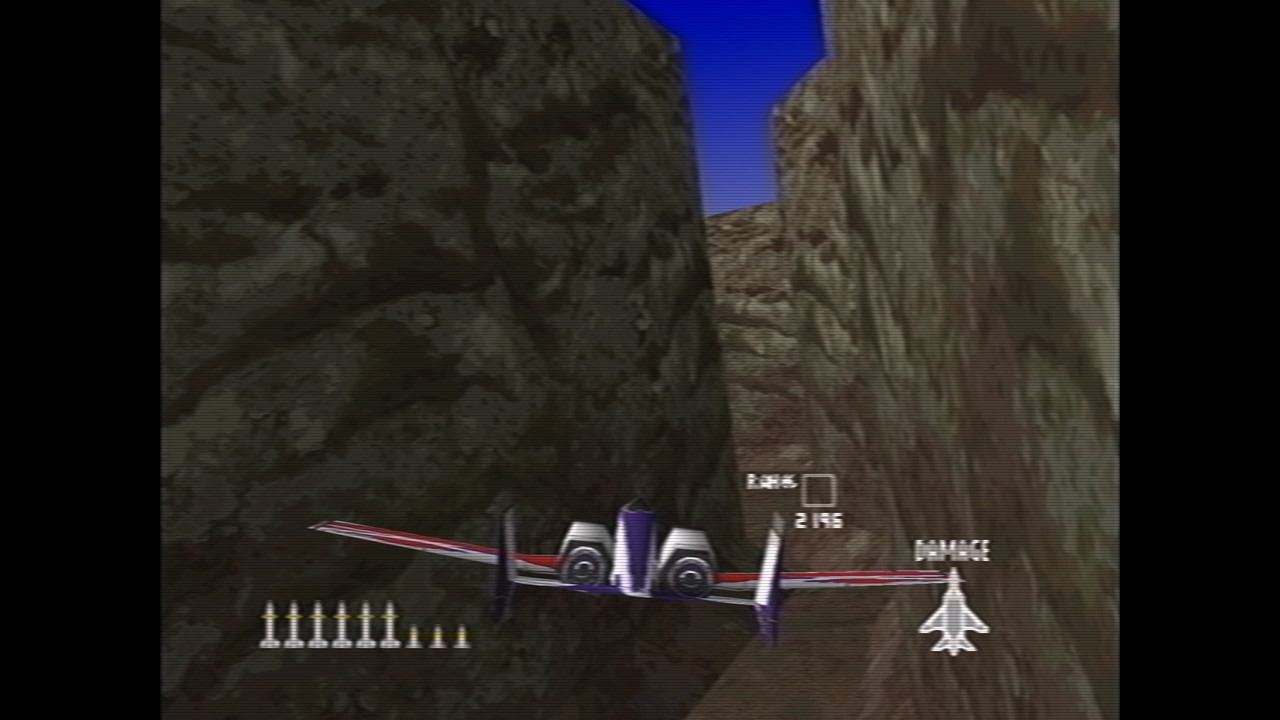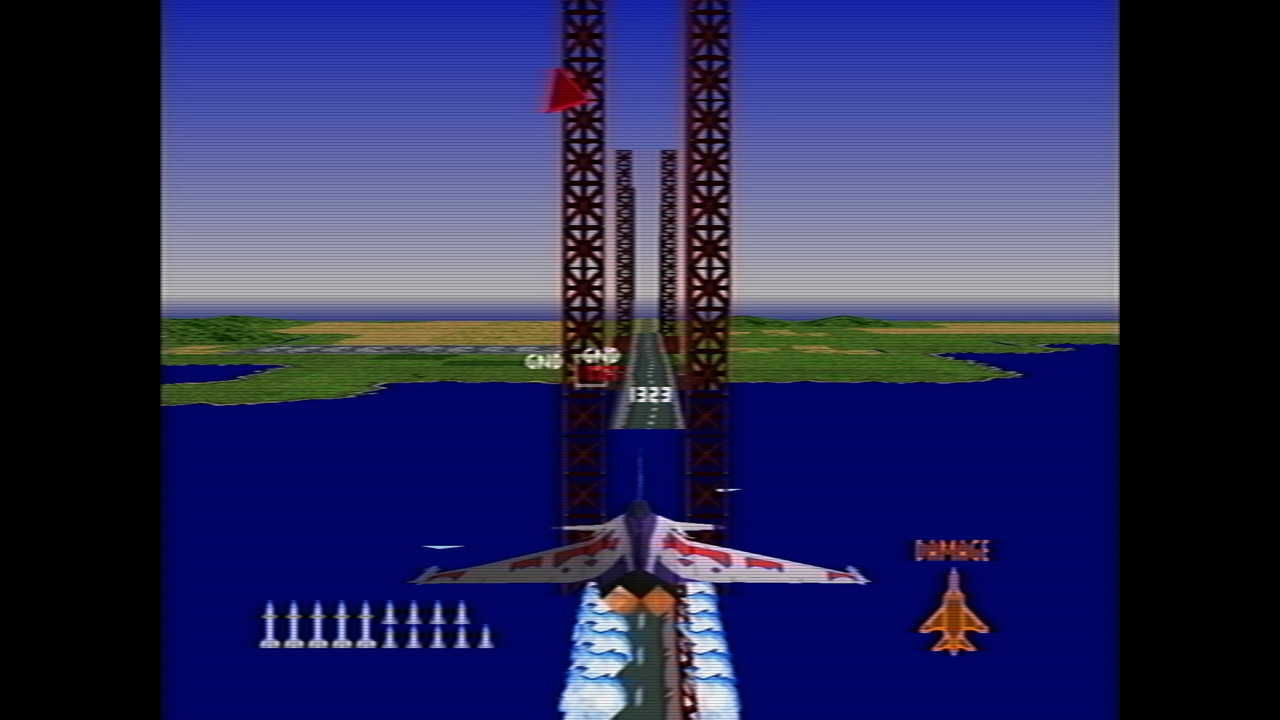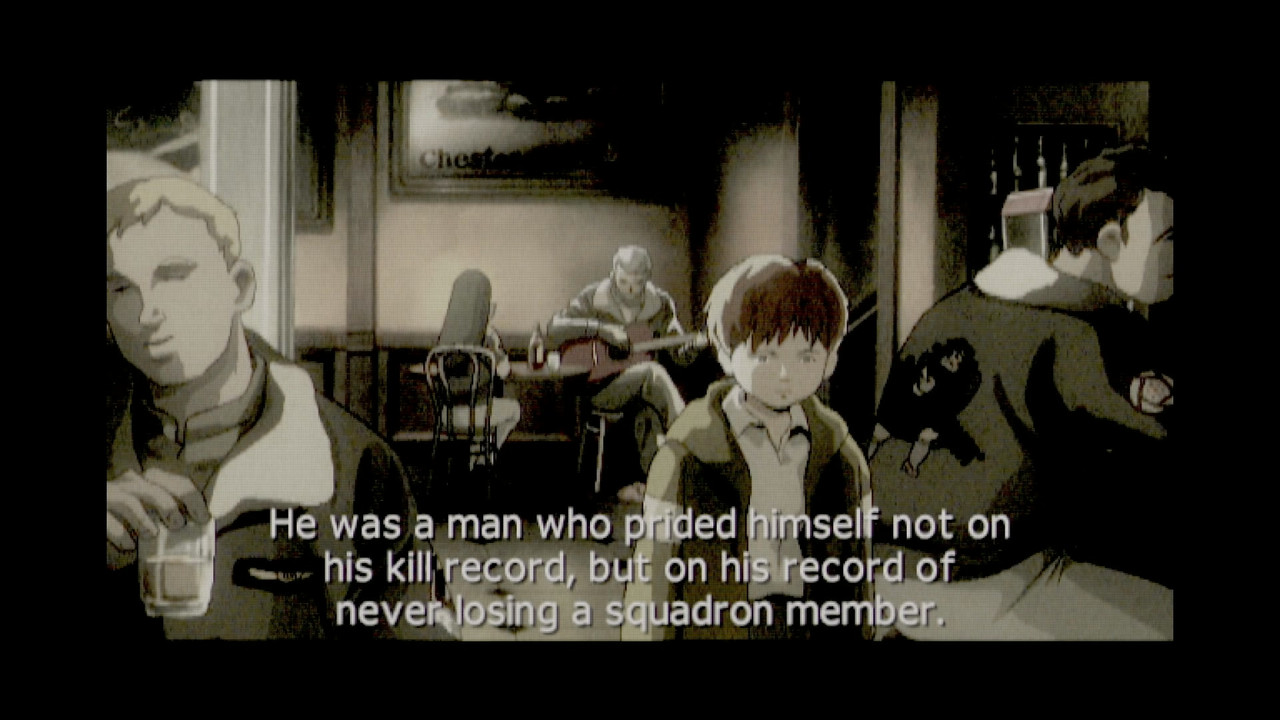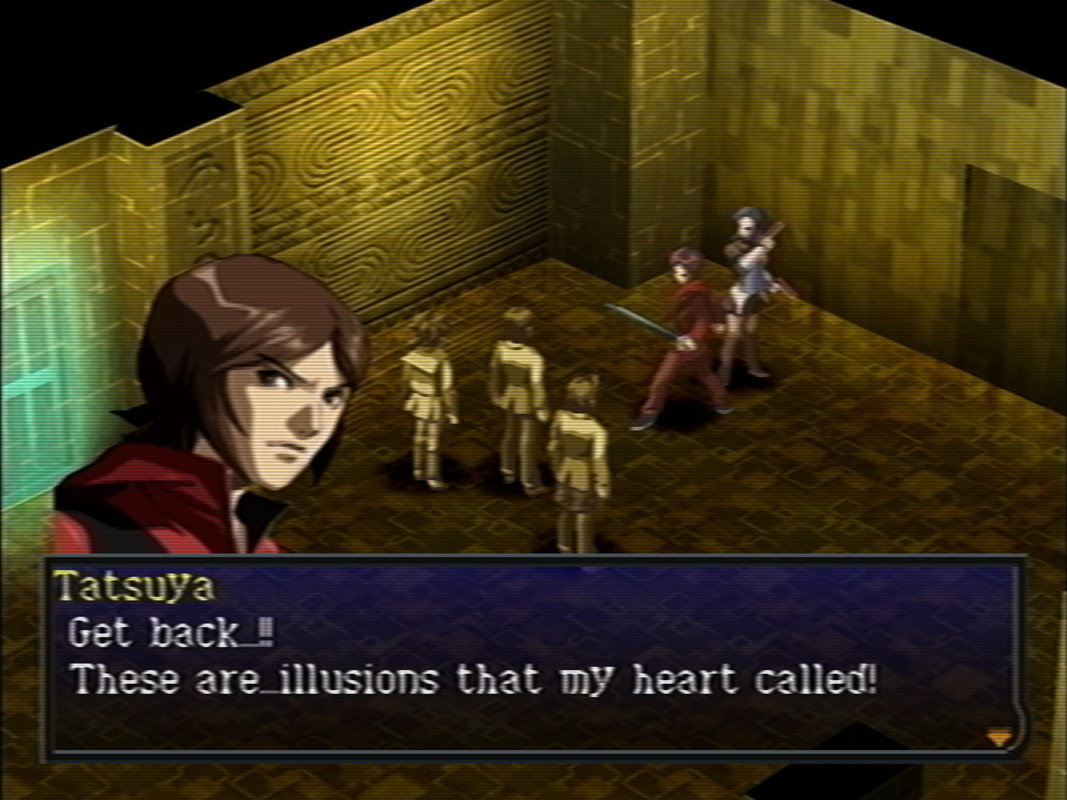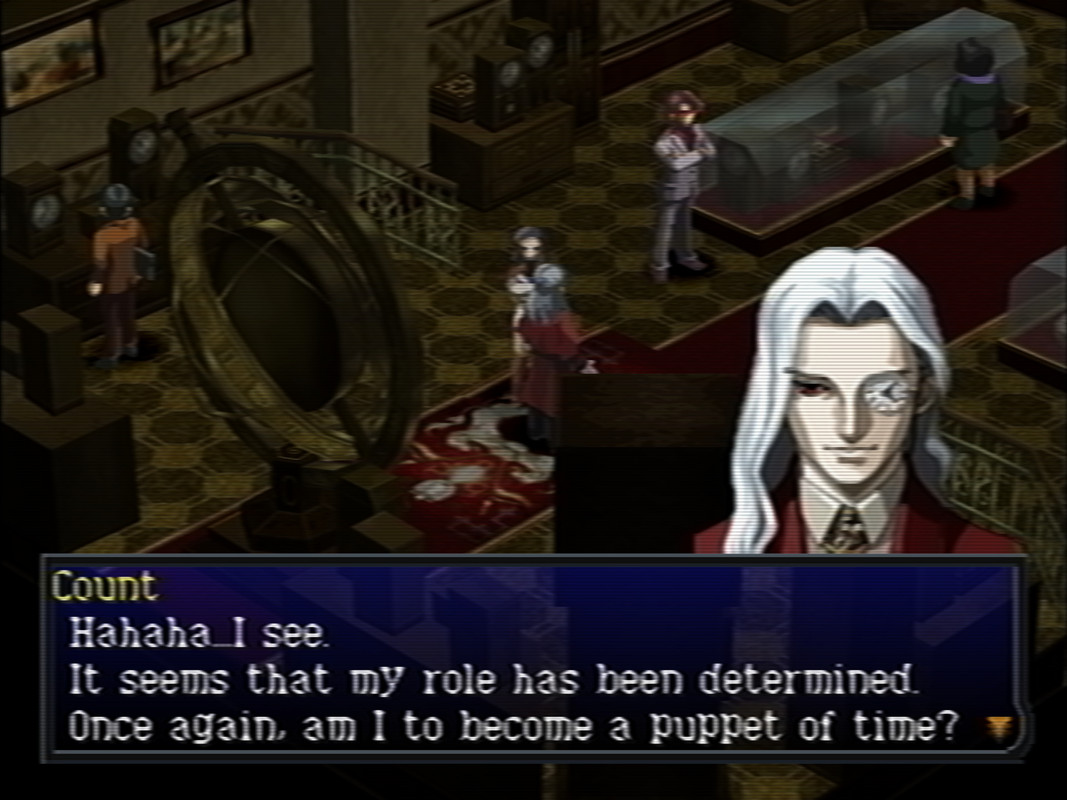Completed Ace Combat 3.
This wasn’t easy, but not because the game is hard. To get the True Ending, you need to beat all 5 scenarios, and save them on the same memory card. I didn’t know that, so I used two memory cards, and had to repeat at least one scenario. I was also afraid that I was missing some missions, due to the way save states and memory cards work in RetroArch. But it worked out in the end.
I know I complained a lot about boss battles in this game. But “Ouroboros 1” scenario is probably the best boss battle in the entire series. First, Rena goes crazy, and you fight Night Raven. Then Keith comes to your rescue and sticks his plane in Rena’s (Night Raven is like a biplane from WW1).
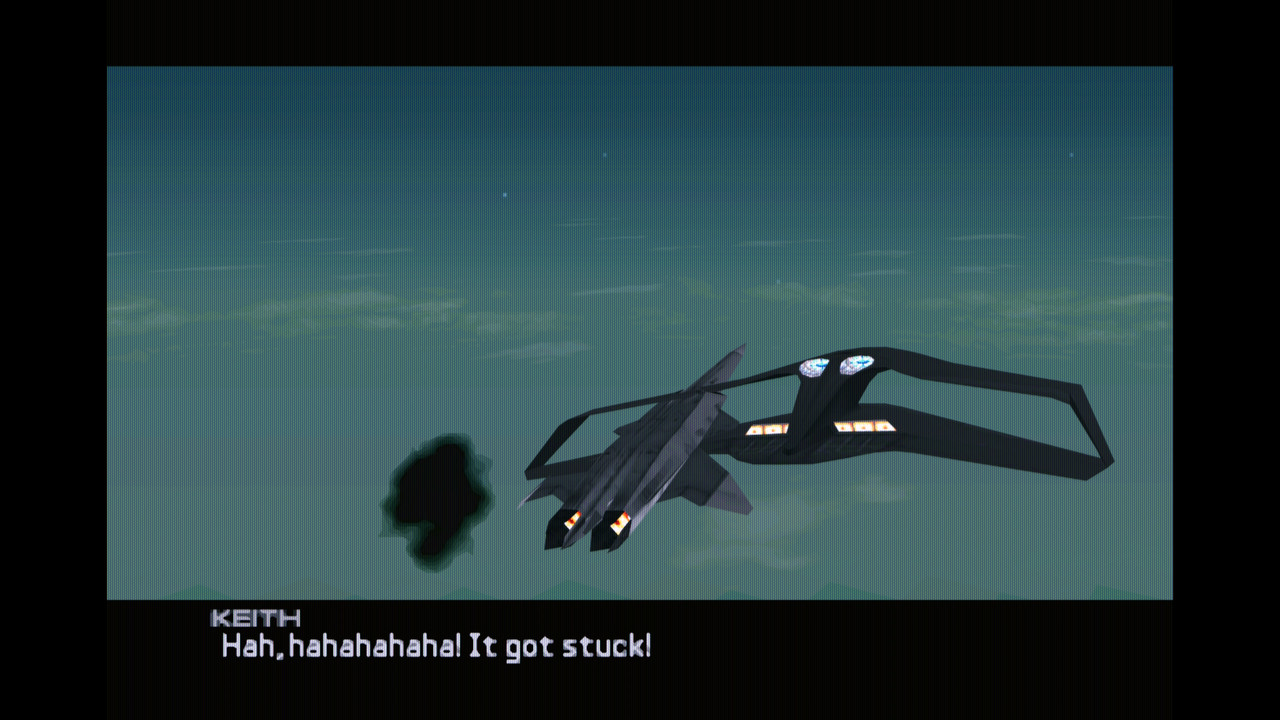
In the Fi/Neucom ending, Dision mentions Yoko, but we have no idea who she is. Turns out, she was a scientist and Dision’s lover that performed Sublimation on him. It’s not a concience transfer, but a concience copy. So when General blew Dision and Yoko up, Dision-clone could watch how his original dies.
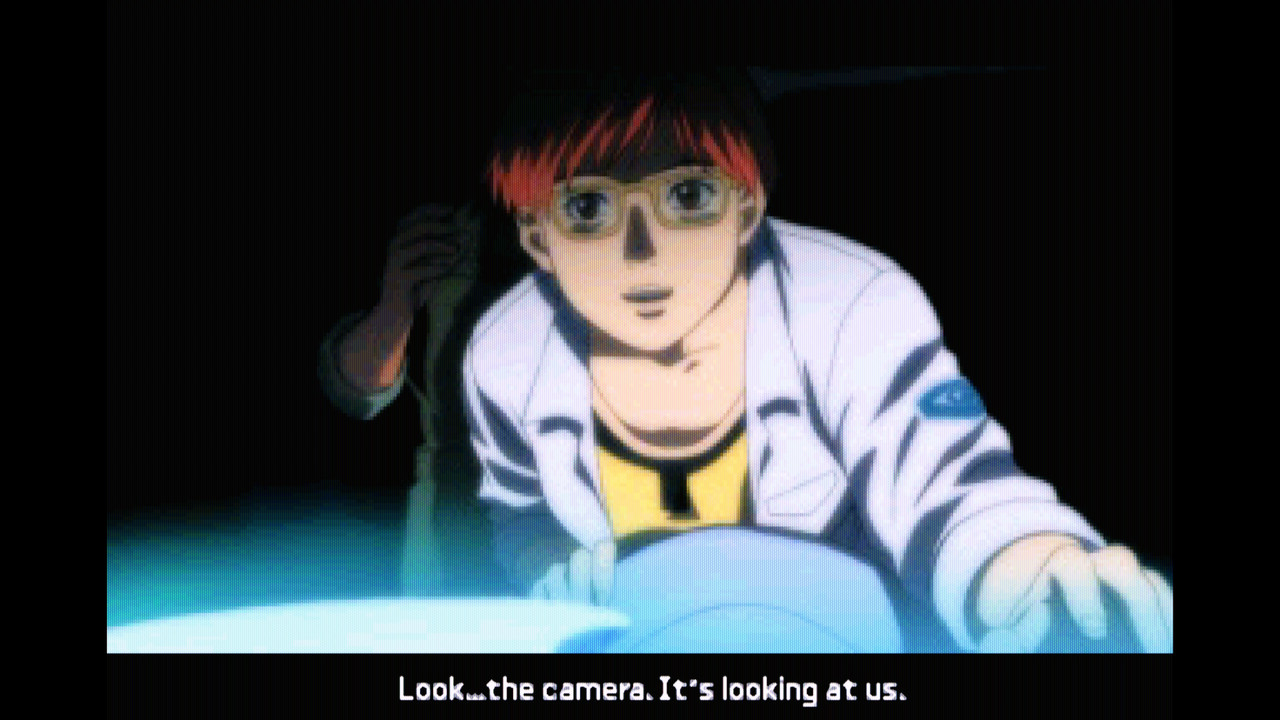
Keith/General ending is surreal, and I say it after the cyberspace battle from Dision’s ending. You fight Rena after failing to collapse geofront ceiling on her and Dision. Keith is shot down, but not before he shoots down Dision too. Then you need to fight 8 more Night Ravens! But once you beat the first, you somehow hack it, and then pilot it for the rest of the battle. No explanation is given, and the cockpit is shown to be empty.

In Dision/Uroboros ending, Dision mentions Simon, but it’s not clear why. In the True Ending, we get an explanation, and it’s a good one. Nemo is a computer program (that’s why Rena at the very beginning asks you why do you fly just like her), and the purpose of that program was to erase Dision from cyberspace. And alternative scenarios are alternative paths that the program takes to erase Dision. Talk about breaking the 4th wall.
Ace Combat 3 story is not just unparalleled for a flightsim. It is one of the best storylines in games. Dision plot made me think of Soma (which I hated) and Tides of Numenera (which I’m fond of), while multiple conflicting storylines reminded me of Zero Escape games, which, when I think of it, also dealt with conscience transfer.
